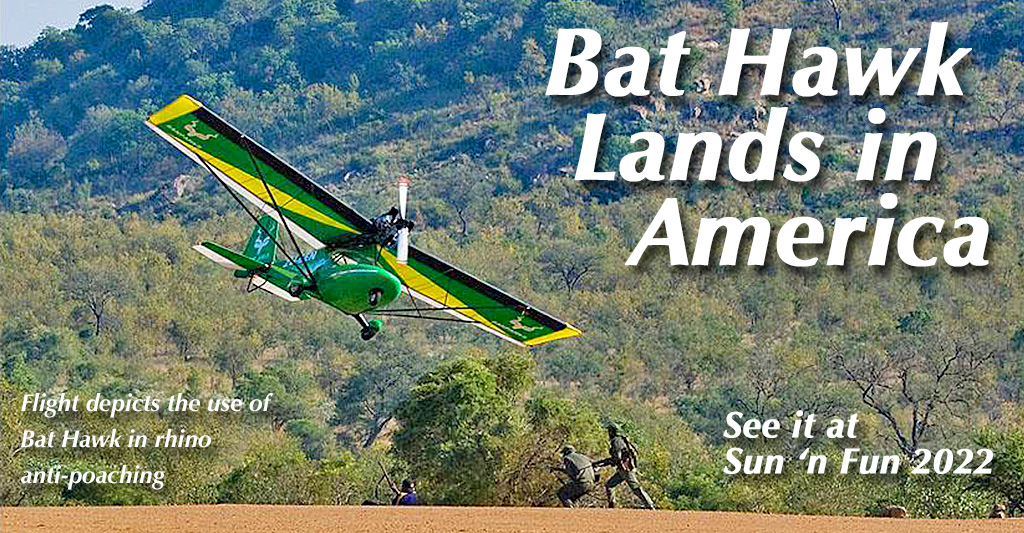 It’s always exciting to welcome a new entry into recreational aviation. Two Bat Hawks are presently inside the USA and will be debuted at Sun ‘n Fun 2022.
Bat Hawk is a well-established, conventional microlight-style light aircraft powered by a Rotax 912 that helps it provide “sensational” performance.
“We now have two planes in the country,” said importer and representative Gary Saitowitz, “and we just received our FAA Special Airworthiness Certificate at the end of 2021.” At this time, Bat Hawk is not a Special LSA. As they get started with the new-to-Americans model, both are registered Experimental Exhibition. After Bathawk Aircraft USA can gauge market interest, they may pursue another level of FAA approval.
LSA with a Purpose
“Like a bat outta…” in this case, South Africa not that hotter place. Kidding aside, Bat Hawk is positioning itself as a very capable workhorse. Their website shows a great many activities for which this aircraft is being used, perhaps most notably, as a workhorse for rhino anti-poaching actions.
It’s always exciting to welcome a new entry into recreational aviation. Two Bat Hawks are presently inside the USA and will be debuted at Sun ‘n Fun 2022.
Bat Hawk is a well-established, conventional microlight-style light aircraft powered by a Rotax 912 that helps it provide “sensational” performance.
“We now have two planes in the country,” said importer and representative Gary Saitowitz, “and we just received our FAA Special Airworthiness Certificate at the end of 2021.” At this time, Bat Hawk is not a Special LSA. As they get started with the new-to-Americans model, both are registered Experimental Exhibition. After Bathawk Aircraft USA can gauge market interest, they may pursue another level of FAA approval.
LSA with a Purpose
“Like a bat outta…” in this case, South Africa not that hotter place. Kidding aside, Bat Hawk is positioning itself as a very capable workhorse. Their website shows a great many activities for which this aircraft is being used, perhaps most notably, as a workhorse for rhino anti-poaching actions.Bat Hawk: Well-Established South African Aircraft Lands in America
It’s always exciting to welcome a new entry into recreational aviation. Two Bat Hawks are presently inside the USA and will be debuted at Sun ‘n Fun 2022.
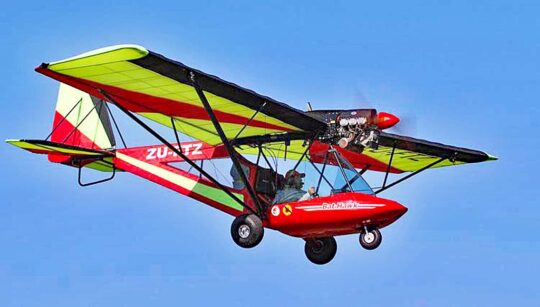
LSA with a Purpose
“Like a bat outta…” in this case, South Africa not that hotter place. Kidding aside, Bat Hawk is positioning itself as a very capable workhorse. Their website shows a great many activities for which this aircraft is being used, perhaps most notably, as a workhorse for rhino anti-poaching actions.
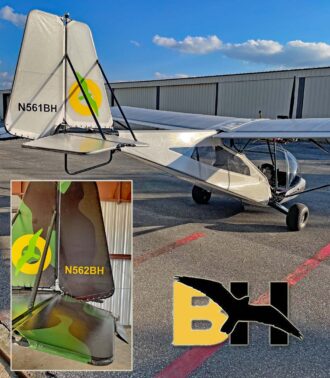
I’m pleased our fun flying aircraft might be pressed into some useful duties. These aircraft are capable and offering manufacturers another potential customer base can help keep them healthy so they keep developing and building recreational aircraft for the majority who simply fly for fun.
What is Bat Hawk?
As the South African describe it, “Bat Hawk is a high-wing monoplane with crew of two seated side by side in an under-slung tubular framed structure surrounded by a glass fiber composite fairing.” Occupants are protected from the elements by “a very large wrap-around windshield.”
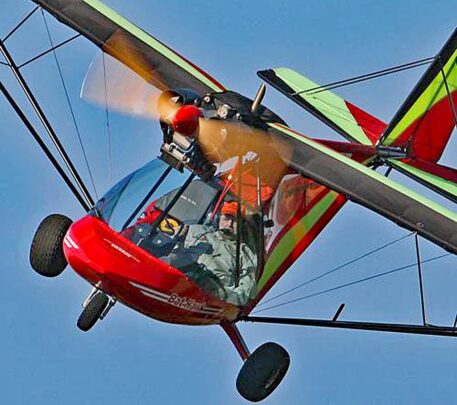
Bat Hawk’s wing is built around two larger aluminum tubes forming the spars, one at the leading edge and one at the rear edge of the wing as is very common of aircraft with this construction. Sewn Dacron sailcloth covers all wing and tail surfaces plus the aft cockpit fairing.
Bat Hawk uses full-span flaperons attached to the rear spar; flaperons work independently as ailerons and together as flaps. There is no flap position indicator but approximate settings can be determined from the flap selector angle. Maximum flap movement is restricted by a limit stop mounted on the flap lever quadrant.
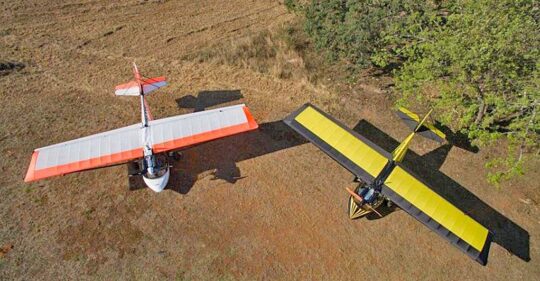
Manufacturer Micro Aviation said a wide track undercarriage has the main wheels supported by an inverted ‘V’ shaped glass fiber that provides suspension. Bat Hawk’s nose wheel is supported by two hydraulic shock absorbers that “allows Bat Hawk to operate on rough terrain.” Black Max disc brakes are actuated using a hand lever on the control stick. Differential braking is not available.
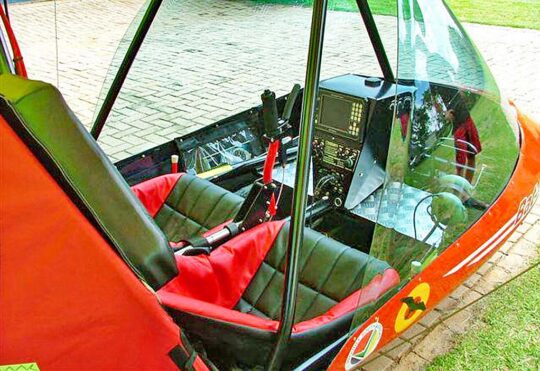
Price? — What will this multi-purpose aircraft set you back? In Experimental Exhibition category for now, the first aircraft is listed for sale at $79,500 plus shipping. Bathawk Aircraft USA is investigating Experimental Amateur Built or Light-Sport Aircraft for the future. More about that as I learn about it.
Bat Hawk
SPECIFICATIONS
All specifications provided by the factory
- Overall length — nose to rudder trailing edge 18.2 feet (5.5 meters)
- Length — propeller to rudder 17.0 feet (5.3 meters)
- Wingspan — 31.2 feet (9.50 meters)
- Height — 10.5 feet (3.20 meters)
- Undercarriage wheel track — 5.4 feet (1.7 meters)
- Main wheel size — 8 x 6 inches
- Nose wheel size — 4 x 4 inches
- Powerplant — Rotax 912 100 horsepower 4-cylinder, 4-stroke
- Maximum weight all-up weight (gross weight) — 1,204 pounds (540 kilograms)
- Typical empty weight with standard equipment — 573 pounds (260 kilograms)
- Maximum fuel — 20.5 gallons / 123 pounds (56 kilograms)
- Minimum solo crew weight — 163 pounds (74 kilograms)
- Payload with full fuel — 508 pounds (231 kilograms)
- Cruise speed — 77 knots
- Stall speed — 36 knots
- Vne — 92 knots
- Take-off run — 100-165 feet (30-50 meters)
- Landing roll — 165-200 feet (50-60 meters
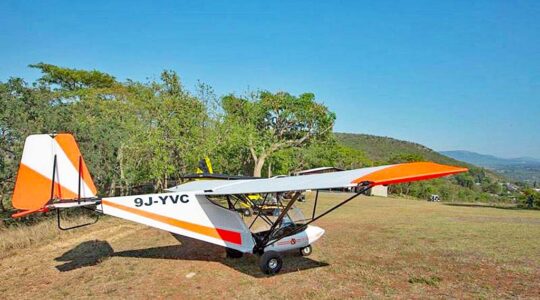
I’ll be looking for Gary and his two Bat Hawks at Sun ‘n Fun 2022. I’ll report more then. Hope to see many of you in Lakeland!
 It’s always exciting to welcome a new entry into recreational aviation. Two Bat Hawks are presently inside the USA and will be debuted at Sun ‘n Fun 2022.
Bat Hawk is a well-established, conventional microlight-style light aircraft powered by a Rotax 912 that helps it provide “sensational” performance.
“We now have two planes in the country,” said importer and representative Gary Saitowitz, “and we just received our FAA Special Airworthiness Certificate at the end of 2021.” At this time, Bat Hawk is not a Special LSA. As they get started with the new-to-Americans model, both are registered Experimental Exhibition. After Bathawk Aircraft USA can gauge market interest, they may pursue another level of FAA approval.
LSA with a Purpose
“Like a bat outta…” in this case, South Africa not that hotter place. Kidding aside, Bat Hawk is positioning itself as a very capable workhorse. Their website shows a great many activities for which this aircraft is being used, perhaps most notably, as a workhorse for rhino anti-poaching actions.
It’s always exciting to welcome a new entry into recreational aviation. Two Bat Hawks are presently inside the USA and will be debuted at Sun ‘n Fun 2022.
Bat Hawk is a well-established, conventional microlight-style light aircraft powered by a Rotax 912 that helps it provide “sensational” performance.
“We now have two planes in the country,” said importer and representative Gary Saitowitz, “and we just received our FAA Special Airworthiness Certificate at the end of 2021.” At this time, Bat Hawk is not a Special LSA. As they get started with the new-to-Americans model, both are registered Experimental Exhibition. After Bathawk Aircraft USA can gauge market interest, they may pursue another level of FAA approval.
LSA with a Purpose
“Like a bat outta…” in this case, South Africa not that hotter place. Kidding aside, Bat Hawk is positioning itself as a very capable workhorse. Their website shows a great many activities for which this aircraft is being used, perhaps most notably, as a workhorse for rhino anti-poaching actions.

 These days, it’s much more likely a pilot will go on about how great the Rotax 912 is. Yes, some grumble about the purchase price, the replacement parts cost, or the cost of an overhaul, but I’d expect to hear such groaning about almost any aviation product. Contrasting a few negative opinions is an entire world of pilots who are intensely loyal backers of the 9-series engines.
These days, it’s much more likely a pilot will go on about how great the Rotax 912 is. Yes, some grumble about the purchase price, the replacement parts cost, or the cost of an overhaul, but I’d expect to hear such groaning about almost any aviation product. Contrasting a few negative opinions is an entire world of pilots who are intensely loyal backers of the 9-series engines.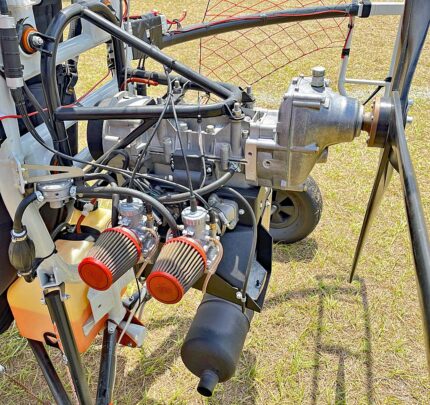 To most eyes, the RMZ 500 is nearly impossible to distinguish from the original that was taken off the market in 2010. A Russian producer manufactures it to power the snowmobiles they sell. I get that lots of readers may turn away when hearing the engine is a Russian product but many may be able to see beyond the political-class demonization of all-things Russian to understand that regular citizens of that country could have the capability to assemble a worthy engine. U.S. support makes all the difference and that is
To most eyes, the RMZ 500 is nearly impossible to distinguish from the original that was taken off the market in 2010. A Russian producer manufactures it to power the snowmobiles they sell. I get that lots of readers may turn away when hearing the engine is a Russian product but many may be able to see beyond the political-class demonization of all-things Russian to understand that regular citizens of that country could have the capability to assemble a worthy engine. U.S. support makes all the difference and that is 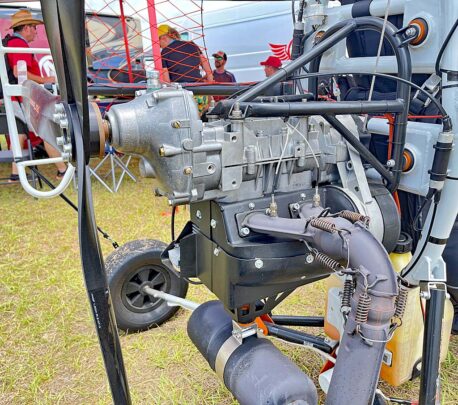 Speaking of exhaust systems,
Speaking of exhaust systems, 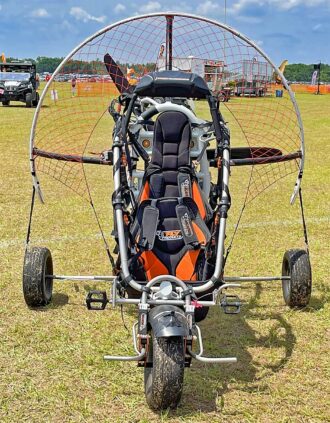 FAA did bury the old two-place powered ultralights. The agency’s idea was that “properly” regulated Light-Sport Aircraft would replace the role filled for many years by Part 103 ultralight trainers. In case you arrived since 2004, those were simple two seaters that closely resembled related single place ultralight vehicles. They were intended for training only. You were not supposed to fly your buddy or your spouse on pleasure flights. All flights were to be for instruction only.
FAA did bury the old two-place powered ultralights. The agency’s idea was that “properly” regulated Light-Sport Aircraft would replace the role filled for many years by Part 103 ultralight trainers. In case you arrived since 2004, those were simple two seaters that closely resembled related single place ultralight vehicles. They were intended for training only. You were not supposed to fly your buddy or your spouse on pleasure flights. All flights were to be for instruction only.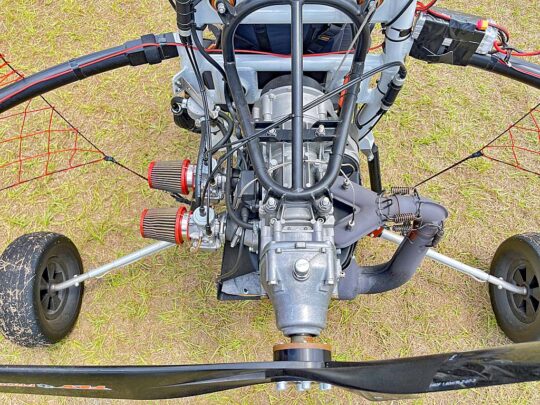 However, out of sight from most aviators, hang gliders were still permitted to do two-place instructional flying without needing a Special Airworthiness Certificates such as all LSA have. It has continued right on working well to this day as it had done for the decades before the big changeover.
However, out of sight from most aviators, hang gliders were still permitted to do two-place instructional flying without needing a Special Airworthiness Certificates such as all LSA have. It has continued right on working well to this day as it had done for the decades before the big changeover.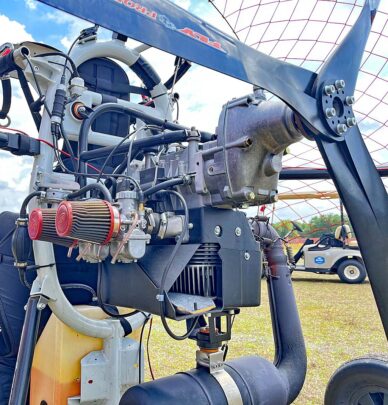 The Aviator Paramotor rig you see with two seats, and the RMZ 500 powering it, remains a legal, exempted vehicle. For those intrigued about flying a powered paraglider as a very affordable and manueverable aircraft, a wheeled carriage with a powerful engine could make an interest purchase. Training is available and Aviator Paramotor can barely keep up. Check this link for more about
The Aviator Paramotor rig you see with two seats, and the RMZ 500 powering it, remains a legal, exempted vehicle. For those intrigued about flying a powered paraglider as a very affordable and manueverable aircraft, a wheeled carriage with a powerful engine could make an interest purchase. Training is available and Aviator Paramotor can barely keep up. Check this link for more about 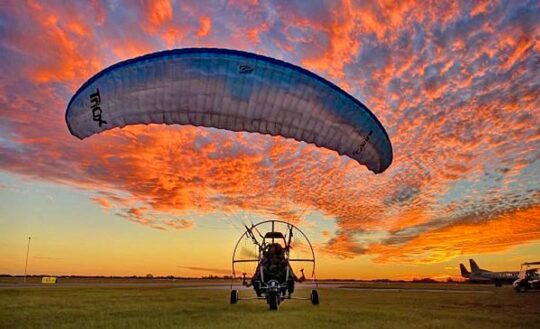 In regular use, Aviator Paramotor uses the RMZ 500-powered rig to train new students — lots of students, some 300 per year. Demand is so strong they actually have to turn some people away. “We could probably exceed 1,200 students a year if capacity were available,” said Eric Farewell.
In regular use, Aviator Paramotor uses the RMZ 500-powered rig to train new students — lots of students, some 300 per year. Demand is so strong they actually have to turn some people away. “We could probably exceed 1,200 students a year if capacity were available,” said Eric Farewell.
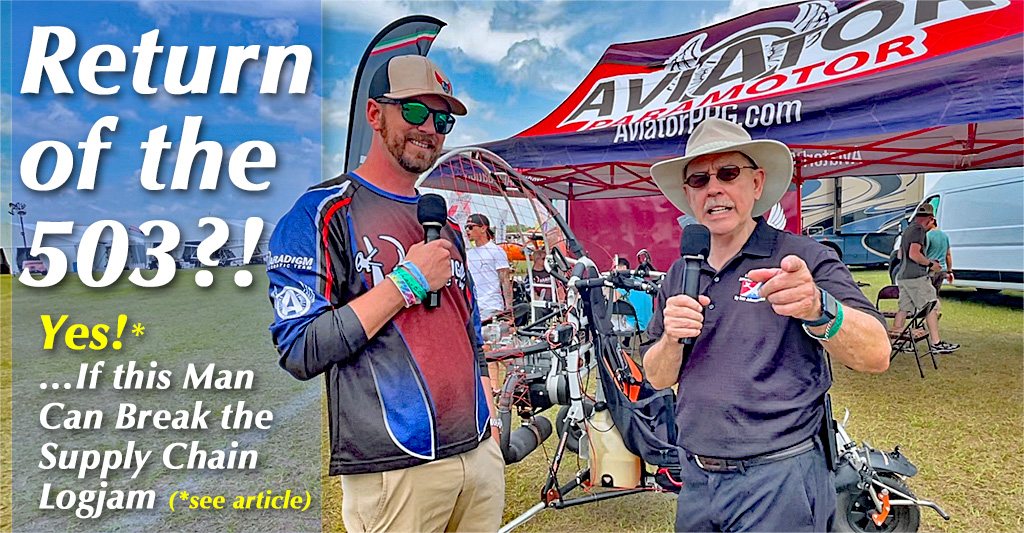
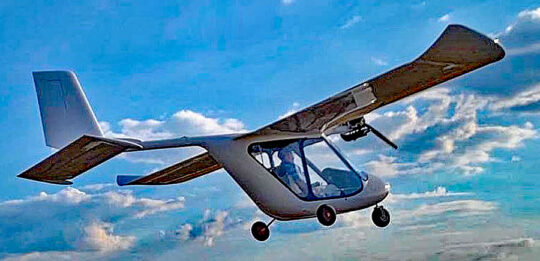 Later, American companies — which had been relegated to building kit aircraft due to regulations at the time — joined the growing parade. Today American-made LSA represent better than half of total registrations.
Later, American companies — which had been relegated to building kit aircraft due to regulations at the time — joined the growing parade. Today American-made LSA represent better than half of total registrations.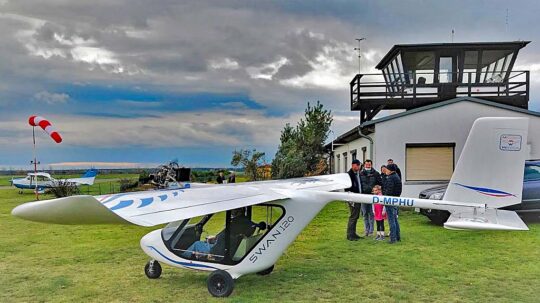 Call them sleeper aircraft if you will. The 103 industry labored behind a thick curtain emblazoned with all things LSA on the public side. If you noticed anything going on behind the curtain, you were the exception.
Call them sleeper aircraft if you will. The 103 industry labored behind a thick curtain emblazoned with all things LSA on the public side. If you noticed anything going on behind the curtain, you were the exception.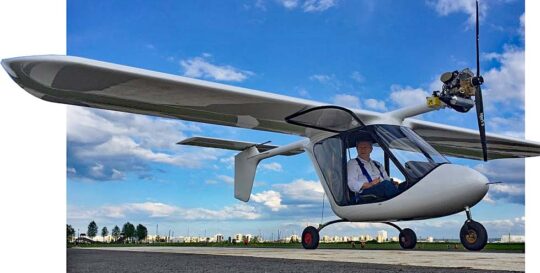 LSA brought many great things to the marketplace and I remain as excited about them as ever. Not only did this new breed of aircraft permit pilots to acquire some sophisticated, fuel-efficient, and modern aircraft, LSA allowed many pilots to forego their next aviation medical and they were able to keep flying without that limiting factor (yet still earning an admirable safety record, I hasten to add).
LSA brought many great things to the marketplace and I remain as excited about them as ever. Not only did this new breed of aircraft permit pilots to acquire some sophisticated, fuel-efficient, and modern aircraft, LSA allowed many pilots to forego their next aviation medical and they were able to keep flying without that limiting factor (yet still earning an admirable safety record, I hasten to add).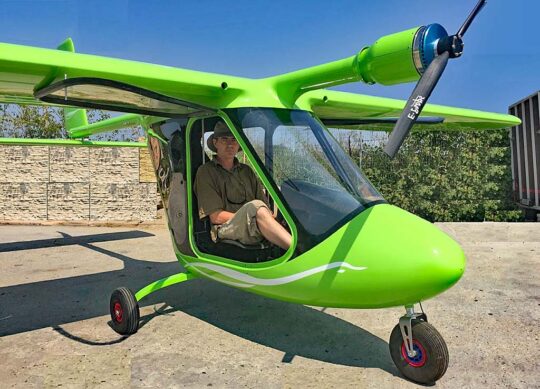 As I labored throughout 2021 to find every Part 103 ultralight vehicle I could uncover — now presented in the warmly-received
As I labored throughout 2021 to find every Part 103 ultralight vehicle I could uncover — now presented in the warmly-received 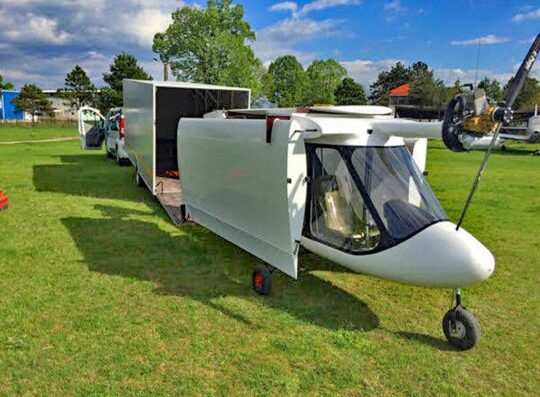 This company offers a Part 103-capable vehicle and has both
This company offers a Part 103-capable vehicle and has both 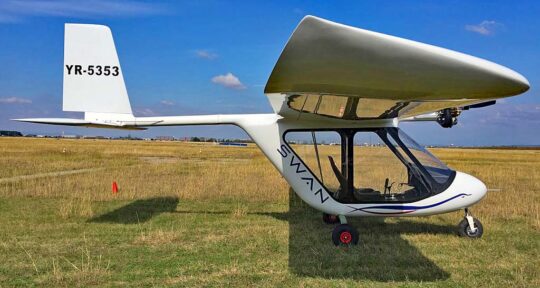 After she tested positive and then showed the effects, it was just a matter of time before I did, too (we’ve been vaccinated). As endless articles show, the omicron variant is quite transmissible, but fortunately, it’s less serious than the earlier variants.
After she tested positive and then showed the effects, it was just a matter of time before I did, too (we’ve been vaccinated). As endless articles show, the omicron variant is quite transmissible, but fortunately, it’s less serious than the earlier variants.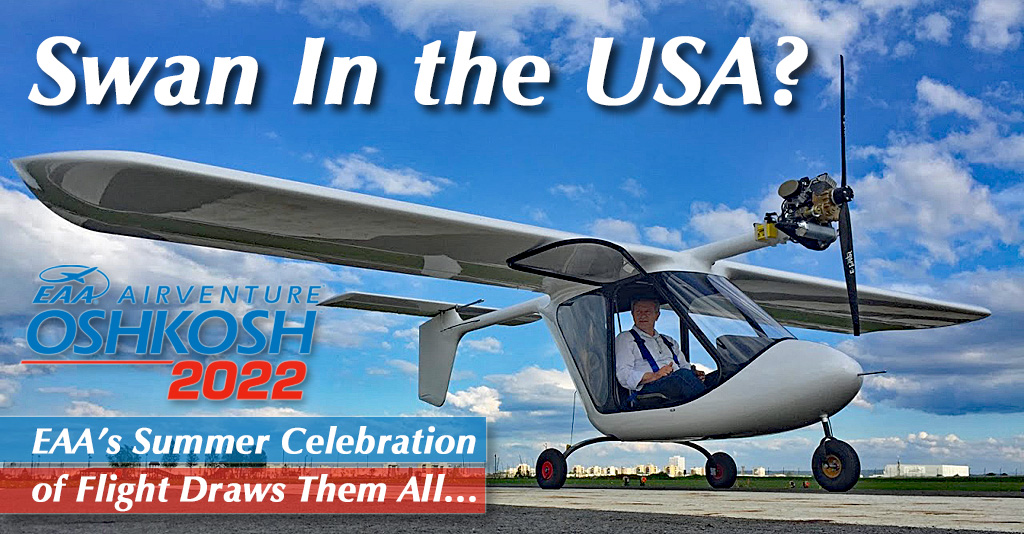
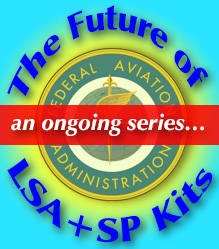 Barely after we rang in the new year, here’s a review of 2021 market shares and info regarding the state of the light, recreational aircraft industry. After a surprisingly strong 2020 despite Covid, 2021 returned to Earth a bit but with some shifting between categories. This year the contrast that stood out was between Factory-Built and Kit-Built.
Barely after we rang in the new year, here’s a review of 2021 market shares and info regarding the state of the light, recreational aircraft industry. After a surprisingly strong 2020 despite Covid, 2021 returned to Earth a bit but with some shifting between categories. This year the contrast that stood out was between Factory-Built and Kit-Built. Two other important factors in 2020-2021:
Two other important factors in 2020-2021: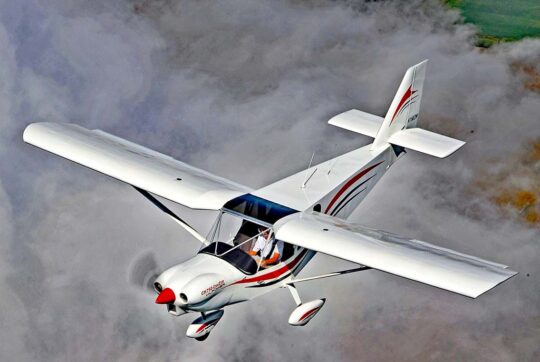
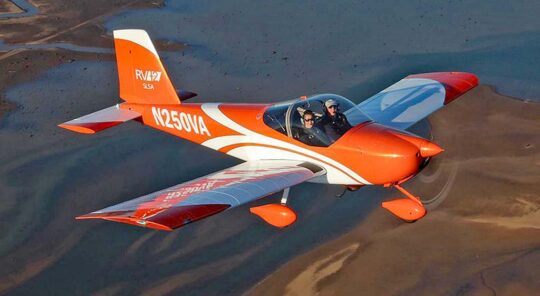
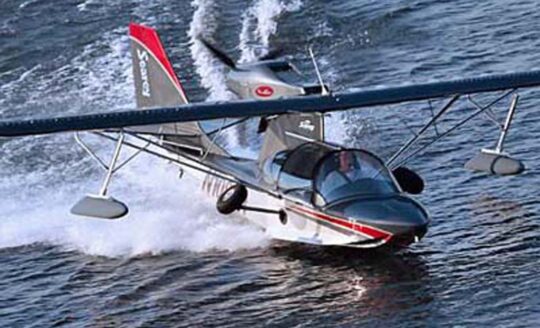
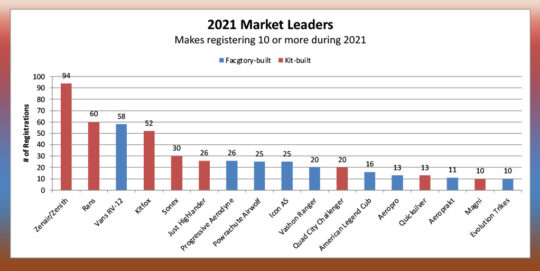 The first chart above, counting total registrations of factory-built versus kit-built shows that for 2021, both grew at almost an identical pace.
The first chart above, counting total registrations of factory-built versus kit-built shows that for 2021, both grew at almost an identical pace.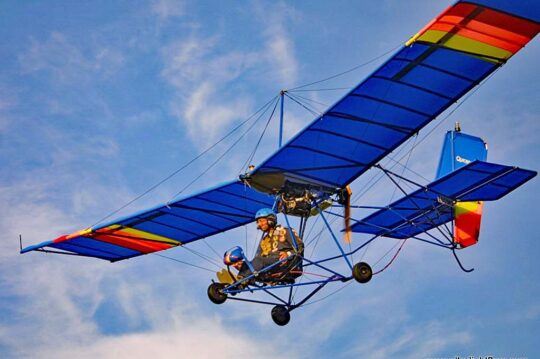
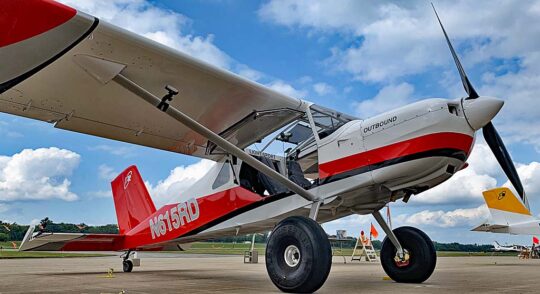
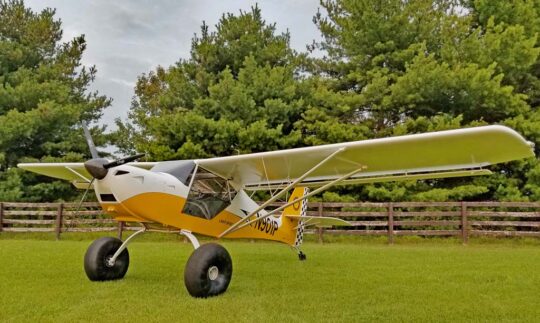

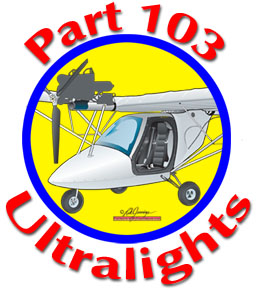 To welcome a brand new year in affordable aviation, I am pleased to announce the launch of our
To welcome a brand new year in affordable aviation, I am pleased to announce the launch of our 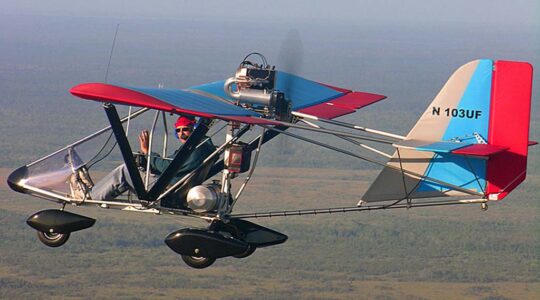 These points apply so long as any Part 103 entry can meet the definitions and explanations offered in
These points apply so long as any Part 103 entry can meet the definitions and explanations offered in 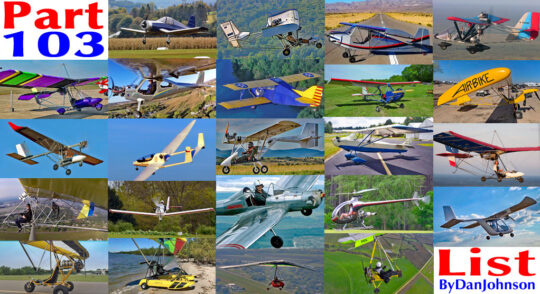 The new
The new 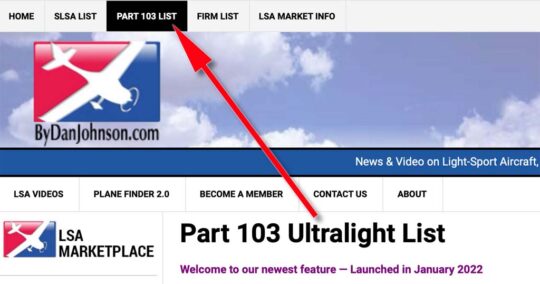 While the term “Ultralight” is widely used in other countries (Europe and many other places), it generally means something larger than U.S. Ultralights.
While the term “Ultralight” is widely used in other countries (Europe and many other places), it generally means something larger than U.S. Ultralights.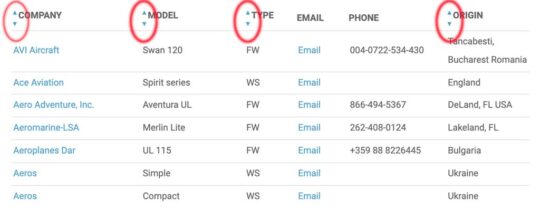 If you are searching for a particular brand, sort that column. Same for Model. If you want to see only aircraft made in the USA, for example, sorting the Origin column will help.
If you are searching for a particular brand, sort that column. Same for Model. If you want to see only aircraft made in the USA, for example, sorting the Origin column will help.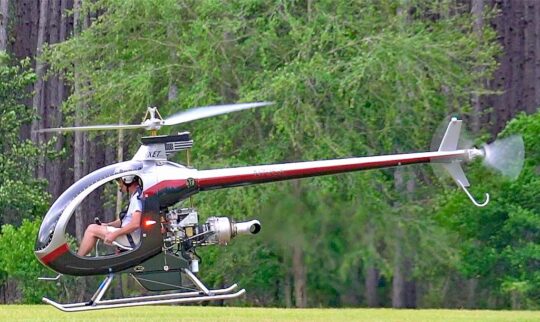 Of course, it’s fun to take somebody along, but how often do you actually do that? I used to quote an AOPA survey that was done for many years. It regularly showed the average occupancy of a GA airplane was 1.6 persons. Since GA airplanes are commonly four seaters and sometimes six seaters, that means such roomy aircraft are flown solo most of the time if the average of all flights is 1.6 persons.
Of course, it’s fun to take somebody along, but how often do you actually do that? I used to quote an AOPA survey that was done for many years. It regularly showed the average occupancy of a GA airplane was 1.6 persons. Since GA airplanes are commonly four seaters and sometimes six seaters, that means such roomy aircraft are flown solo most of the time if the average of all flights is 1.6 persons.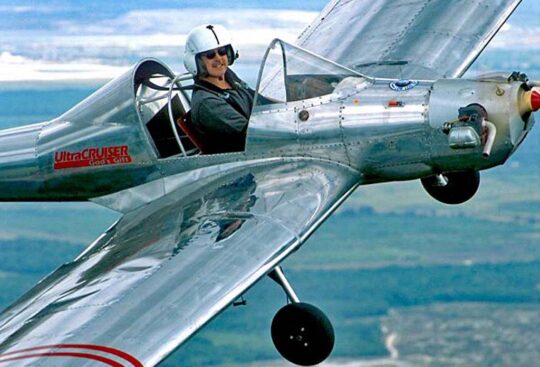 I enjoy flying solo because what I like best about flying is the great view from aloft, of flying over the countryside and observing things on the ground. Sometimes seeing what I want means banking steeply to have a closer look. I don’t do that when I’m concerned about another person in the cockpit with me. I find these flight movements more tolerable (even enjoyable) when I don’t have to worry about a person in a second seat.
I enjoy flying solo because what I like best about flying is the great view from aloft, of flying over the countryside and observing things on the ground. Sometimes seeing what I want means banking steeply to have a closer look. I don’t do that when I’m concerned about another person in the cockpit with me. I find these flight movements more tolerable (even enjoyable) when I don’t have to worry about a person in a second seat. That’s not to say I never want to take a passenger. Sometimes doing so can be enormously satisfying and fun.
That’s not to say I never want to take a passenger. Sometimes doing so can be enormously satisfying and fun.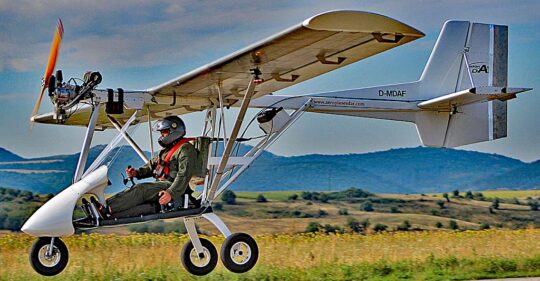 Nonetheless, flying solo has a special pleasure and in a Part 103 ultralight, you always fly solo.
Nonetheless, flying solo has a special pleasure and in a Part 103 ultralight, you always fly solo.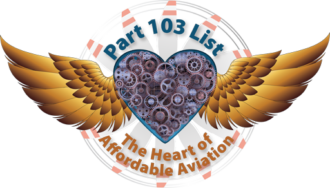 This website regularly promotes aircraft you can afford. This means something different to almost everyone but nearly every aircraft in the Part 103 List fits in the affordable category. All are less than $100,000 and some are less then $20,000 with a range in between. Of course, since they’ve been around for 40 years, lots of used aircraft are available. See
This website regularly promotes aircraft you can afford. This means something different to almost everyone but nearly every aircraft in the Part 103 List fits in the affordable category. All are less than $100,000 and some are less then $20,000 with a range in between. Of course, since they’ve been around for 40 years, lots of used aircraft are available. See 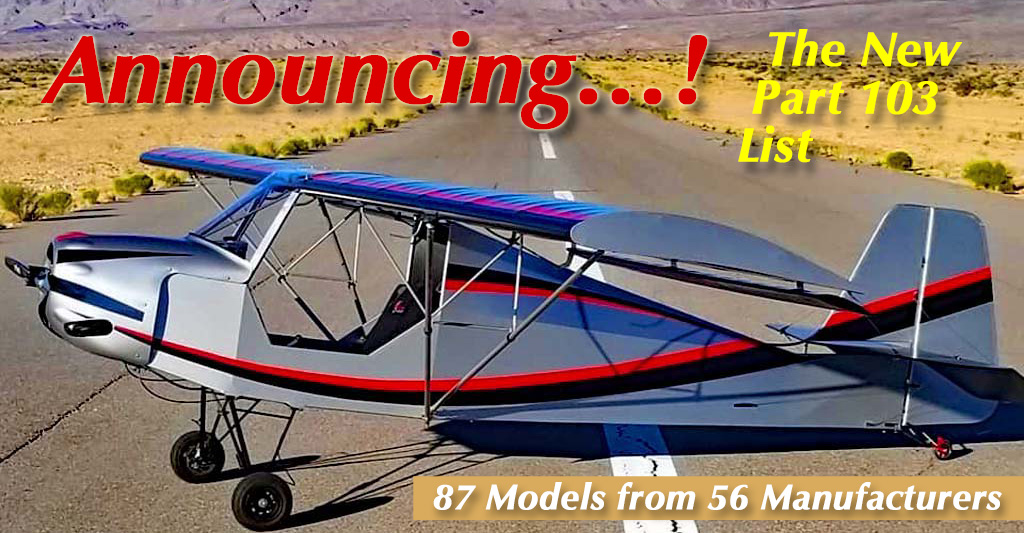
 Fine. I look forward to going from a downtown hotel to the airport in minutes versus slogging through ground traffic for an hour. Will these arrive in some near future? Maybe. Even if they do arrive sooner than later, would a pilot feel entirely comfortable flying in an autonomous, computer-controlled aircraft? Only you can answer that question.
Fine. I look forward to going from a downtown hotel to the airport in minutes versus slogging through ground traffic for an hour. Will these arrive in some near future? Maybe. Even if they do arrive sooner than later, would a pilot feel entirely comfortable flying in an autonomous, computer-controlled aircraft? Only you can answer that question.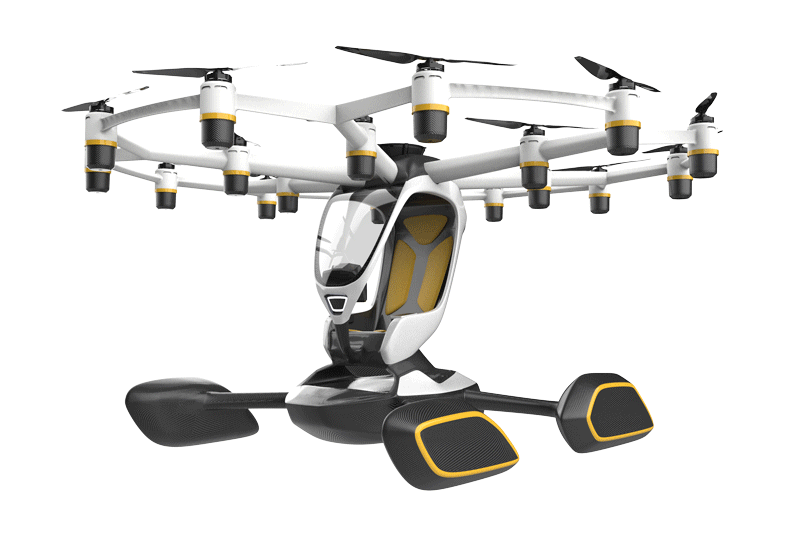
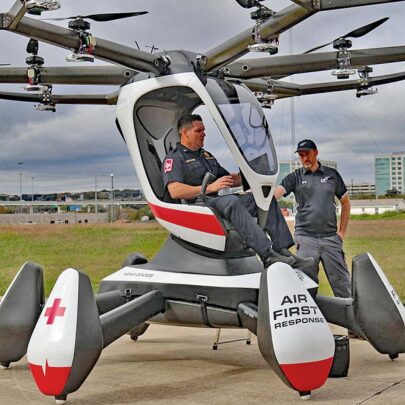 On the other hand, Lift’s short history shows a
On the other hand, Lift’s short history shows a 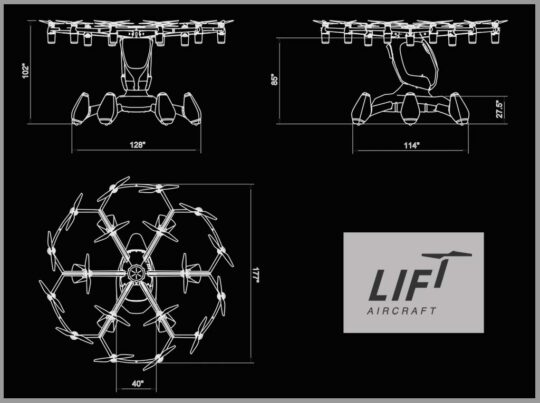 With those two points in mind, what say you? It doesn’t matter if you love or hate Hexa. Do you welcome their novel approach to meeting 103 parameters or do you think it could jeopardize Part 103?
With those two points in mind, what say you? It doesn’t matter if you love or hate Hexa. Do you welcome their novel approach to meeting 103 parameters or do you think it could jeopardize Part 103?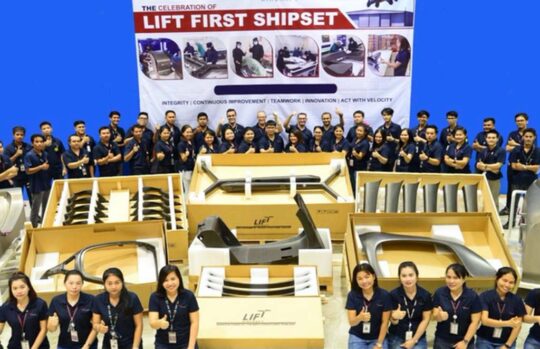 For example, “The aircraft is continuously calculating the energy required to ‘return to home’ based on altitude, wind speed and direction. Regardless of what the pilot does, the aircraft will automatically return and land when the battery approaches this level plus a reserve, and it can also automatically land in designated safe landing areas, if necessary.” Hexa presently has a 15-minute flight endurance
For example, “The aircraft is continuously calculating the energy required to ‘return to home’ based on altitude, wind speed and direction. Regardless of what the pilot does, the aircraft will automatically return and land when the battery approaches this level plus a reserve, and it can also automatically land in designated safe landing areas, if necessary.” Hexa presently has a 15-minute flight endurance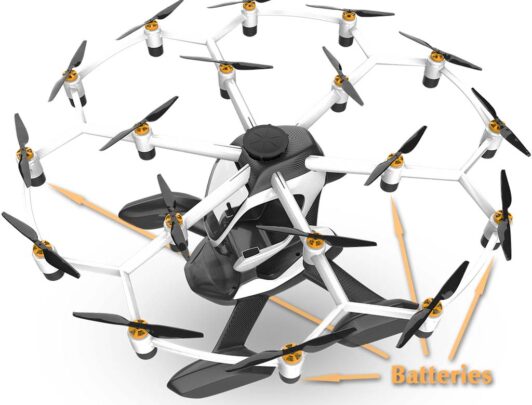 One answer is that pilots already use design features to operate aircraft more safely: LSA have straight-and-level or 180-turn buttons and very effective autopilots. Engineers went to great trouble to assure an aircraft recovers well from a stall or has landing gear able to absorb hard touchdowns. Are these design features “cheating?”
One answer is that pilots already use design features to operate aircraft more safely: LSA have straight-and-level or 180-turn buttons and very effective autopilots. Engineers went to great trouble to assure an aircraft recovers well from a stall or has landing gear able to absorb hard touchdowns. Are these design features “cheating?”
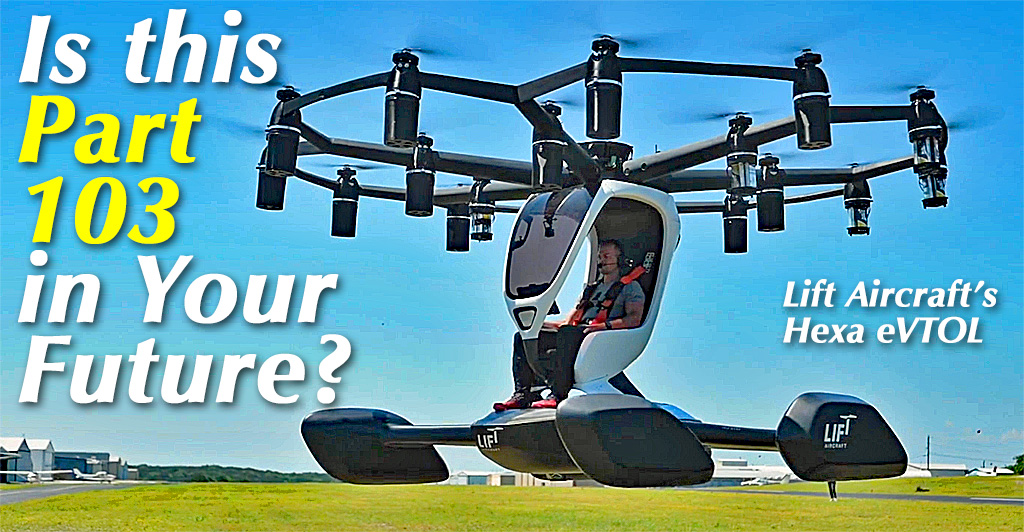
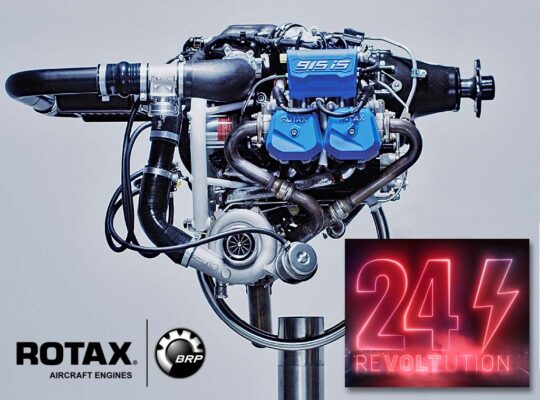 On December 22nd, 2021,
On December 22nd, 2021, 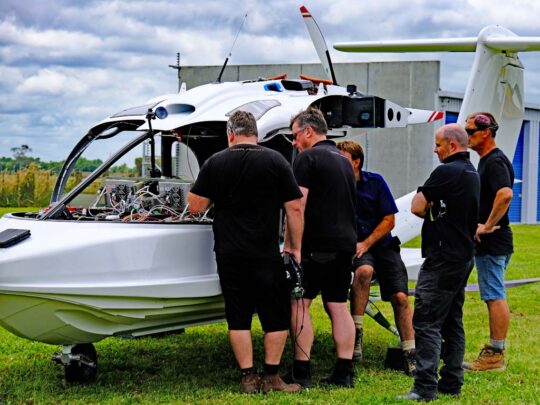 This was even more meaningful as Vickers installed RS Flight Systems’ single-lever control equipment (approval of which is expected in the coming FAA Mosaic regulation) regulating an MT prop.
This was even more meaningful as Vickers installed RS Flight Systems’ single-lever control equipment (approval of which is expected in the coming FAA Mosaic regulation) regulating an MT prop. 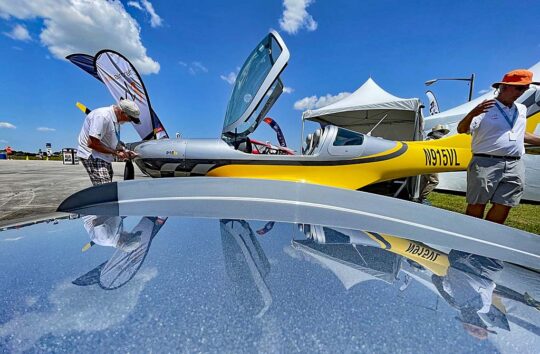 Try as they might to contain increases with various techniques, JMB representatives at
Try as they might to contain increases with various techniques, JMB representatives at  Why care? It’s simple. If Dynon finds more market for their products, they’ll be stronger to support your Dynon and to keep coming up with great new avionics ideas for all of us.
Why care? It’s simple. If Dynon finds more market for their products, they’ll be stronger to support your Dynon and to keep coming up with great new avionics ideas for all of us.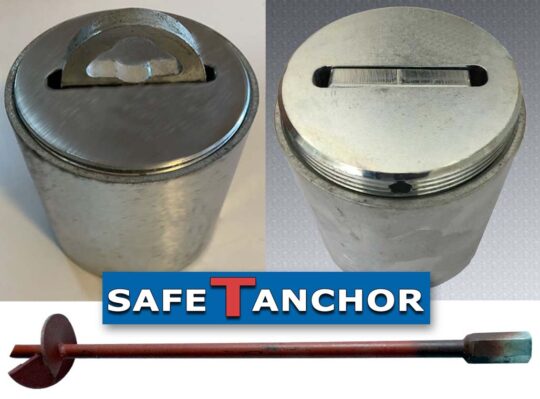 “We have invented and patented a safetanchor for planes and other uses. Easy to install yourselves and patented in the USA,” wrote the company.
“We have invented and patented a safetanchor for planes and other uses. Easy to install yourselves and patented in the USA,” wrote the company.
 However, I have gotten to fly a small number of airplanes for a higher number of hours. The most recent such experience is with a
However, I have gotten to fly a small number of airplanes for a higher number of hours. The most recent such experience is with a 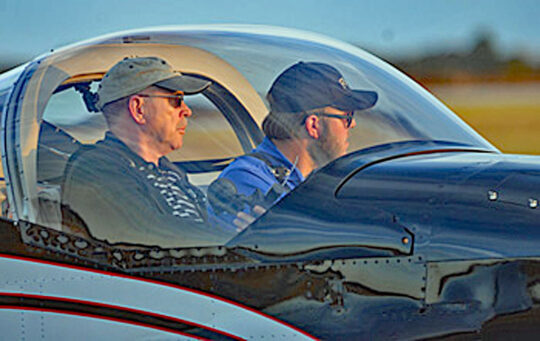 I will let the two videos below provide most of the nuts and bolts details that pilots crave. In the following words, I’ll relate some of my experiences and discoveries after flying the -12 for more hours.
I will let the two videos below provide most of the nuts and bolts details that pilots crave. In the following words, I’ll relate some of my experiences and discoveries after flying the -12 for more hours. High wing airplanes are usually much easier to enter, a factor for older, less flexible pilots. Yet among low wing designs, RV-12 is easier as you enter from the front of the wing (see step in a nearby photo). You can use structure to help climb up on the wing and once you get to that point you can simply step onto the floor. You don’t have to step in the seat as on some low wing aircraft. Most folks don’t like having to do that and some low wing owners have a towel to put on the seat to keep dirty shoes off of it.
High wing airplanes are usually much easier to enter, a factor for older, less flexible pilots. Yet among low wing designs, RV-12 is easier as you enter from the front of the wing (see step in a nearby photo). You can use structure to help climb up on the wing and once you get to that point you can simply step onto the floor. You don’t have to step in the seat as on some low wing aircraft. Most folks don’t like having to do that and some low wing owners have a towel to put on the seat to keep dirty shoes off of it.
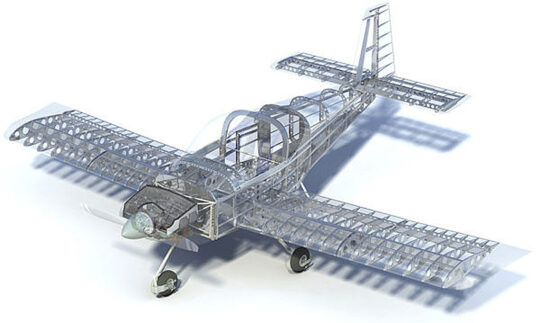

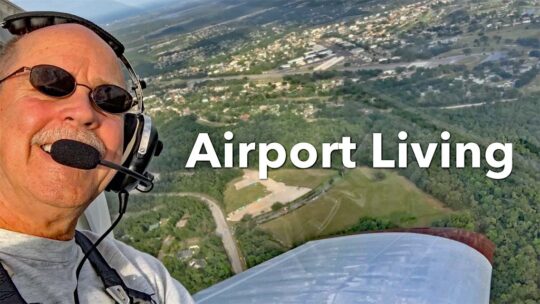 That’s enough about me and what I think of RV-12. Check out these two videos and learn more about Van’s terrific RV-12. Happy flying!
That’s enough about me and what I think of RV-12. Check out these two videos and learn more about Van’s terrific RV-12. Happy flying!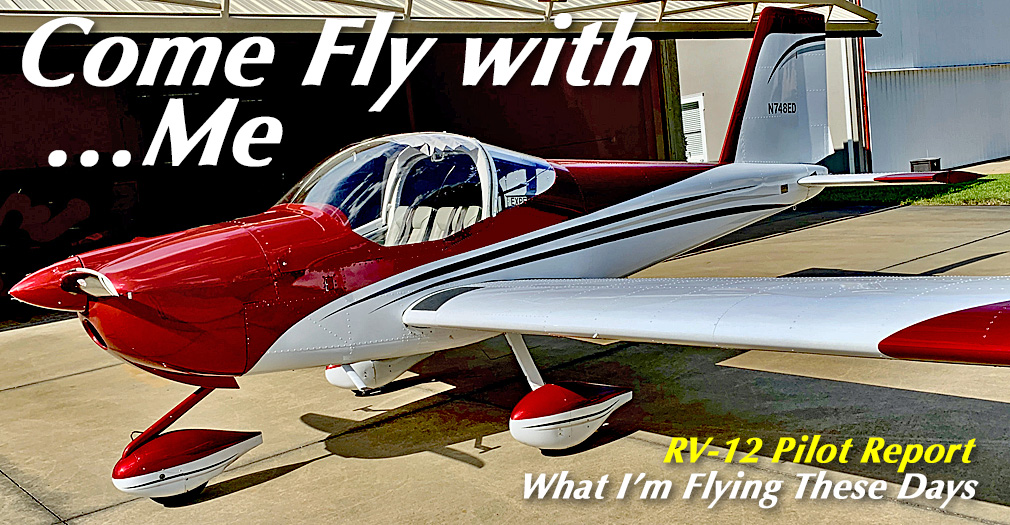
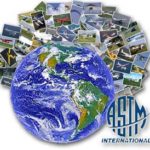 Contrary to common language, LSA are not “certified.” Instead a manufacturer declares they meet ASTM standards and FAA “accepts” that declaration. Frequently at first, FAA audited producers in a point-by-point check of their declaration plus verifying that producers use generally-accepted best practices in their manufacturing. Companies with prior approvals may not be required to undergo an audit; it’s always FAA’s choice.
Contrary to common language, LSA are not “certified.” Instead a manufacturer declares they meet ASTM standards and FAA “accepts” that declaration. Frequently at first, FAA audited producers in a point-by-point check of their declaration plus verifying that producers use generally-accepted best practices in their manufacturing. Companies with prior approvals may not be required to undergo an audit; it’s always FAA’s choice.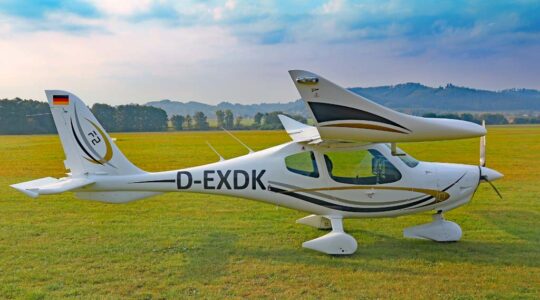
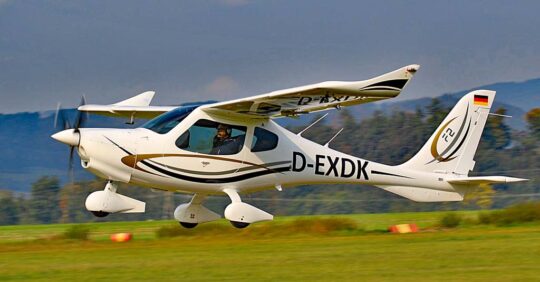
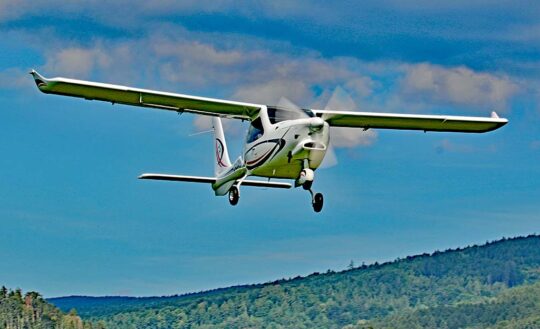
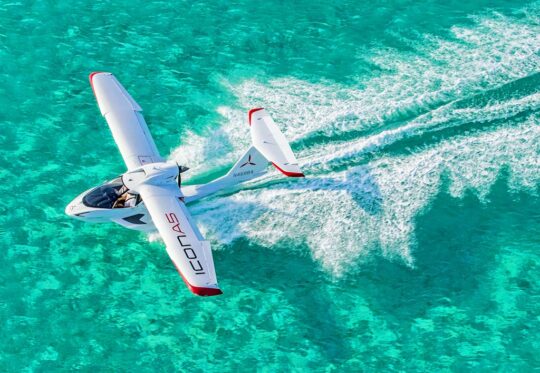 “In countries that do not have a Light-Sport category (Canada and others), the Type Certified version of the
“In countries that do not have a Light-Sport category (Canada and others), the Type Certified version of the 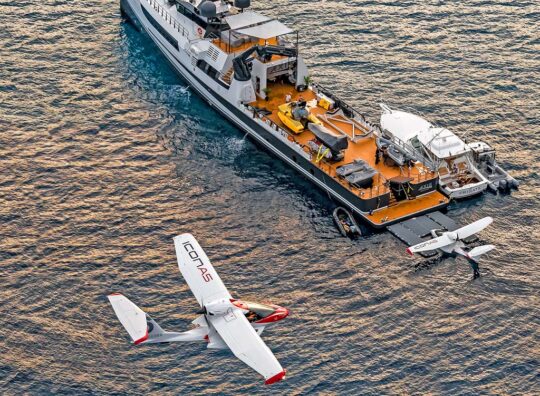 Primary Category certification also has benefits in the U.S., Icon reported. One is that any A&P is authorized to work on it. Because it is not a SLSA, owners will not need to use designated Icon Service Partners, though the company will still encourage them to do so.
Primary Category certification also has benefits in the U.S., Icon reported. One is that any A&P is authorized to work on it. Because it is not a SLSA, owners will not need to use designated Icon Service Partners, though the company will still encourage them to do so.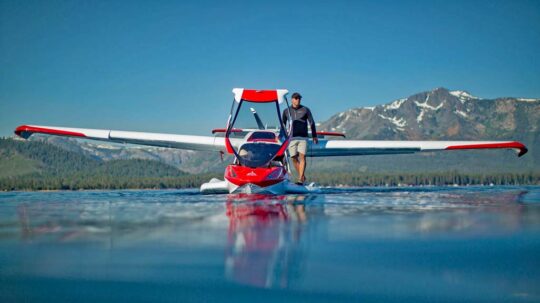 “International expansion has been a critical part of our business plan since day one,” said Jason Huang, President of Icon Aircraft. “People in the U.S. have been able to enjoy adventure flying in the Icon A5 for several years, and we will continue to produce the SLSA version. But now we are excited to introduce the A5 to others around the world. Type Certification is one of the many investments Icon has made to grow our capabilities and improve the A5. We know it will be appreciated by our international deposit holders and sales partners, and we are all very excited for this day to come.”
“International expansion has been a critical part of our business plan since day one,” said Jason Huang, President of Icon Aircraft. “People in the U.S. have been able to enjoy adventure flying in the Icon A5 for several years, and we will continue to produce the SLSA version. But now we are excited to introduce the A5 to others around the world. Type Certification is one of the many investments Icon has made to grow our capabilities and improve the A5. We know it will be appreciated by our international deposit holders and sales partners, and we are all very excited for this day to come.” “Note that we will continue to make the SLSA version, as well,” assured Huang. This continues the chance for American pilots to fly A5 without the need for an aviation medical, using only their driver’s license in lieu of a medical approval.
“Note that we will continue to make the SLSA version, as well,” assured Huang. This continues the chance for American pilots to fly A5 without the need for an aviation medical, using only their driver’s license in lieu of a medical approval.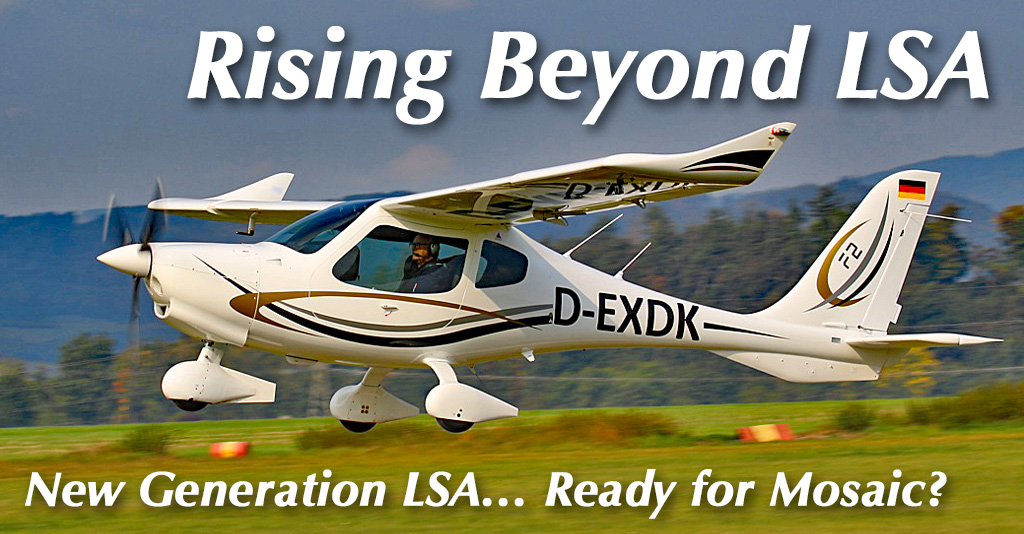
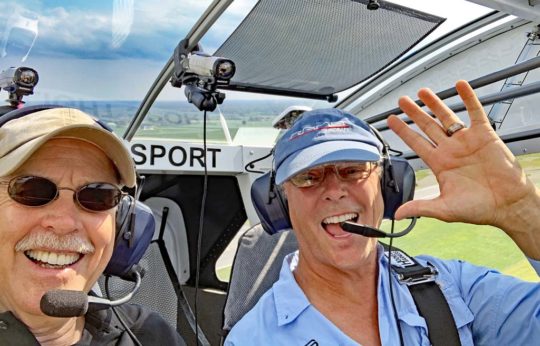 The Covid pandemic of 2020/2021 appears not to have slowed enjoyment of flying for fun… for most of us anyway. I sincerely regret anyone who suffered during this period but sport aviation has held up surprisingly well.
The Covid pandemic of 2020/2021 appears not to have slowed enjoyment of flying for fun… for most of us anyway. I sincerely regret anyone who suffered during this period but sport aviation has held up surprisingly well. “By way of example,” John continued, “there are nearly 300 SportCruisers registered in the US, as well as nearly 350 Flight Design models, but only 3 Skyleaders. I’m not picking on Skyleader; there are many manufacturers with just two, five or 20 registrations in the database.”
“By way of example,” John continued, “there are nearly 300 SportCruisers registered in the US, as well as nearly 350 Flight Design models, but only 3 Skyleaders. I’m not picking on Skyleader; there are many manufacturers with just two, five or 20 registrations in the database.”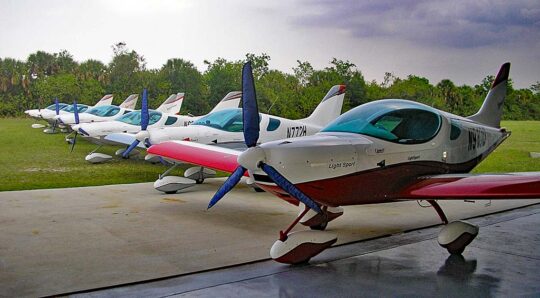
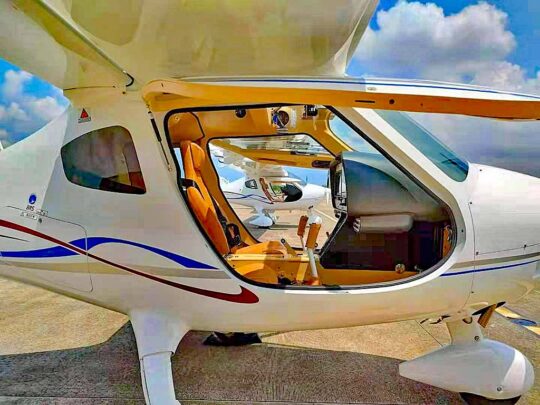
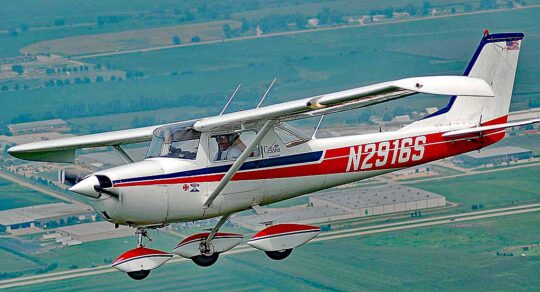
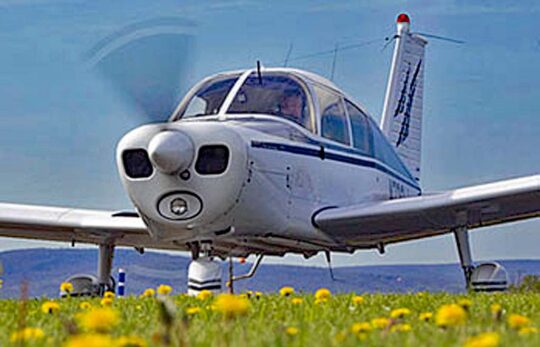
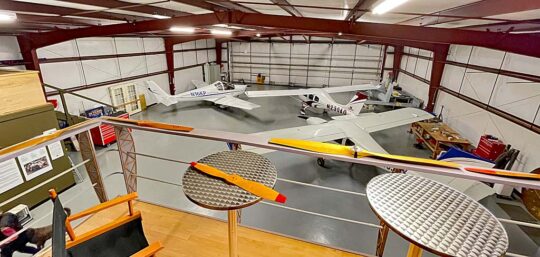
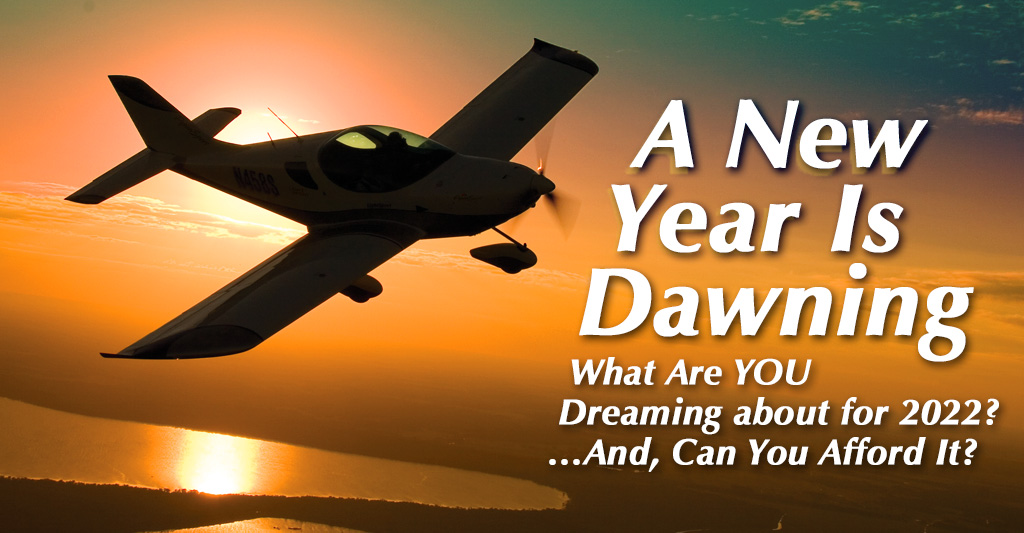
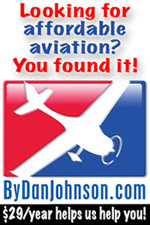 This website regularly promotes affordable aviation. Can you genuinely find an aircraft you like that is affordable? If so, are the smaller shows — ones I call “sector-specific” — the place to find them?
This website regularly promotes affordable aviation. Can you genuinely find an aircraft you like that is affordable? If so, are the smaller shows — ones I call “sector-specific” — the place to find them? The truth is that every time I survey vendors at these two events — plus the
The truth is that every time I survey vendors at these two events — plus the 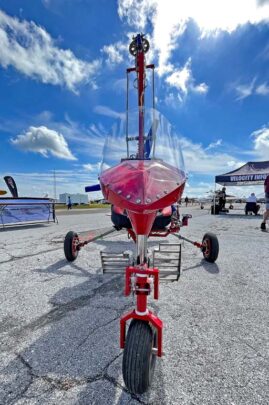
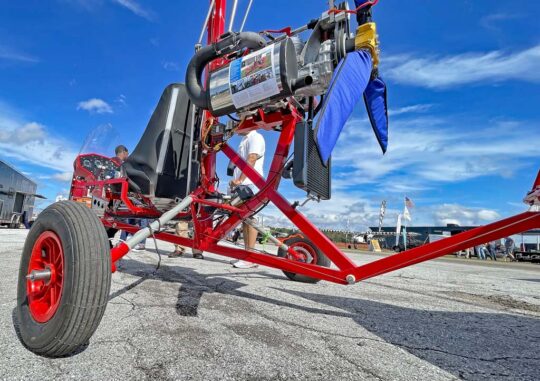
 Aeropup is a “back to basics flying machine with modern engineering,” said Don when we spoke at DeLand Showcase 2021. He added that it is “extraordinarily rugged and an extraordinary value.” What kind of value?
Aeropup is a “back to basics flying machine with modern engineering,” said Don when we spoke at DeLand Showcase 2021. He added that it is “extraordinarily rugged and an extraordinary value.” What kind of value?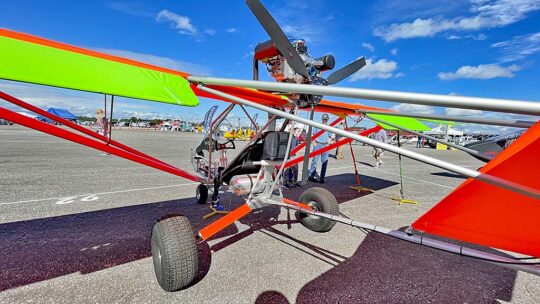 I cannot / should not fail to mention
I cannot / should not fail to mention 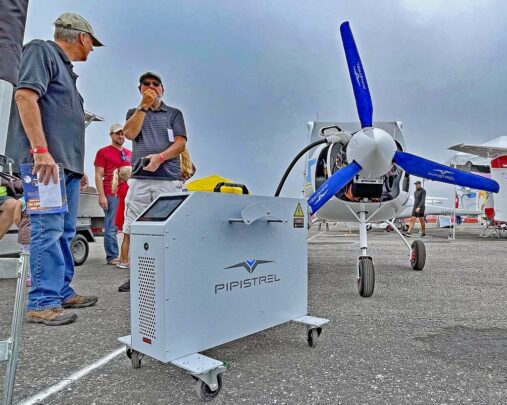 Speaking of electric propulsion — though not so much about affordability — I can never overlook
Speaking of electric propulsion — though not so much about affordability — I can never overlook 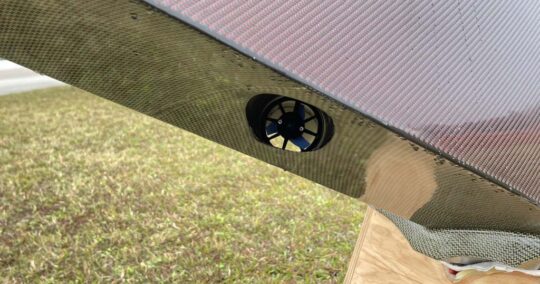 Finally, floats. If you like flying off the water — or the safely aspect of quadrupling your available landing areas — you gotta have something to keep your bird out of the drink. Several other producers make floats but an old friend, Lavern Dence, showed one of the coolest ideas I’ve seen on light aircraft floats. No, I don’t mean his use of a beautiful color-speckled carbon fiber, which looks reddish in the nearby photo but his business card made from the exotic cloth had blue accents; either way it is very striking.
Finally, floats. If you like flying off the water — or the safely aspect of quadrupling your available landing areas — you gotta have something to keep your bird out of the drink. Several other producers make floats but an old friend, Lavern Dence, showed one of the coolest ideas I’ve seen on light aircraft floats. No, I don’t mean his use of a beautiful color-speckled carbon fiber, which looks reddish in the nearby photo but his business card made from the exotic cloth had blue accents; either way it is very striking.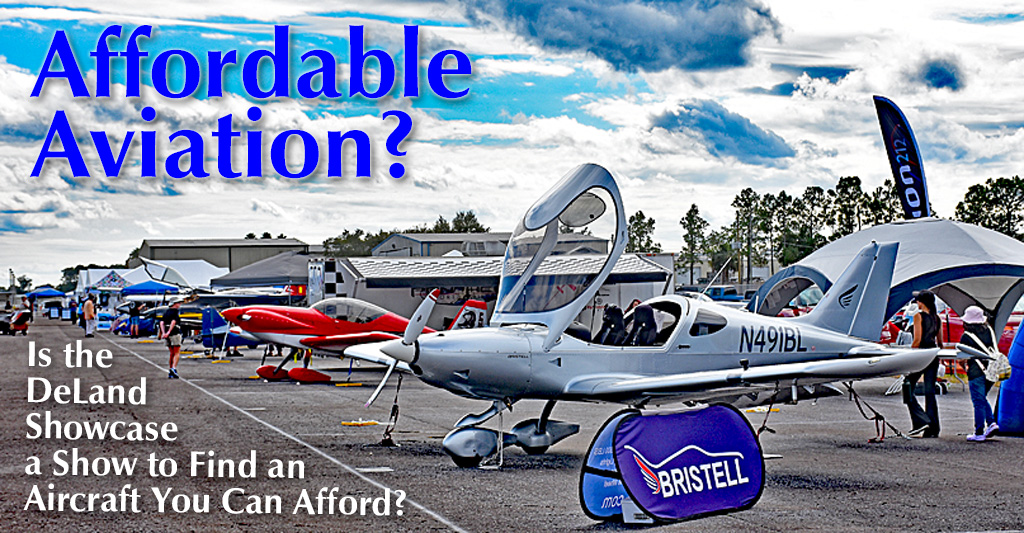
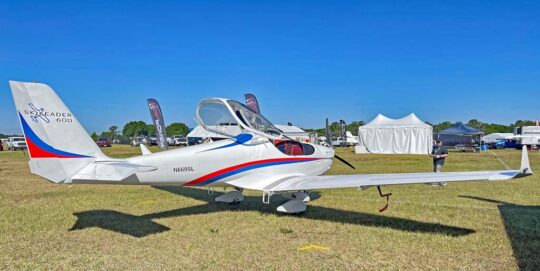 Those LSA veterans may be recalling Kappa KP5, one of the earliest entries on our SLSA List (#9). It was originally sold under the European brand name Jihlavan and that challenging name for Americans may be a good reason the Czech producer changed to the better marketing name,
Those LSA veterans may be recalling Kappa KP5, one of the earliest entries on our SLSA List (#9). It was originally sold under the European brand name Jihlavan and that challenging name for Americans may be a good reason the Czech producer changed to the better marketing name, 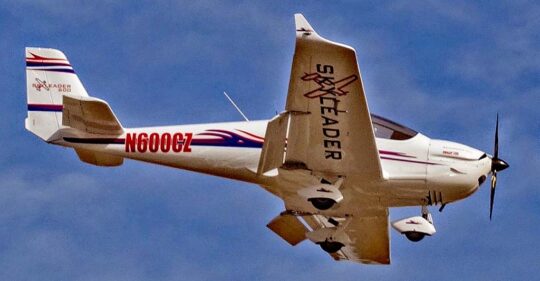 In the interview, Michael also provides other desirable features of the Skyleader 600.
In the interview, Michael also provides other desirable features of the Skyleader 600.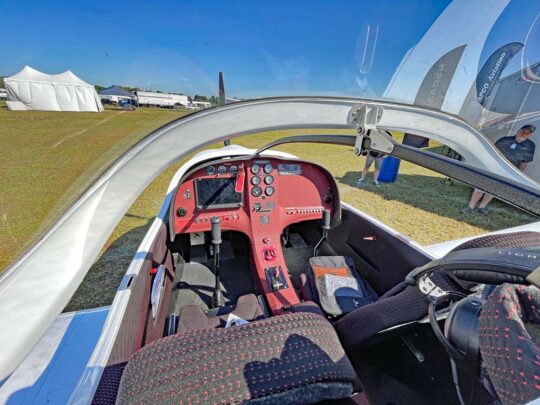 To save you plowing through a 4,200-word article — though some may enjoy the great detail — I present some excerpts below …again noting this that is not the latest info. To truly grasp what a fine Light-Sport Aircraft Skyleader 600 is, I urge to you link up with Michael Tomazin at an airshow. He attends the big events and you may also find him again at the
To save you plowing through a 4,200-word article — though some may enjoy the great detail — I present some excerpts below …again noting this that is not the latest info. To truly grasp what a fine Light-Sport Aircraft Skyleader 600 is, I urge to you link up with Michael Tomazin at an airshow. He attends the big events and you may also find him again at the  Several years ago, company engineers altered the design for American consumption, widening the cockpit to 47.2 inches, 8 inches wider than a Cessna 172 Skyhawk.
Several years ago, company engineers altered the design for American consumption, widening the cockpit to 47.2 inches, 8 inches wider than a Cessna 172 Skyhawk.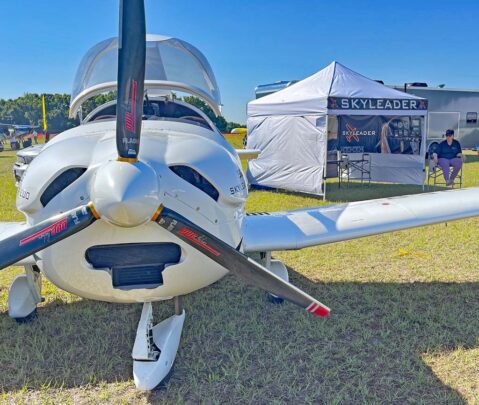 With fixed gear and prop, glide remains a very respectable 14:1 (for comparison, a Cessna 150 has a published glide of 9.5:1). I could feel our test plane stretch a glide and sink slowly.
With fixed gear and prop, glide remains a very respectable 14:1 (for comparison, a Cessna 150 has a published glide of 9.5:1). I could feel our test plane stretch a glide and sink slowly.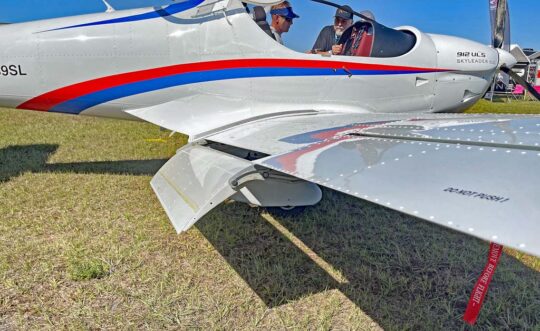
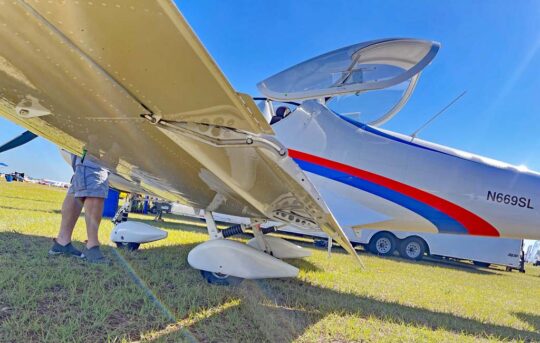 You can read the entire report for lots more information if you wish, but here’s the way I started the earlier report, “I’ve felt before and confirmed again that KP-5 (now Skyleader 500) is one of the sweetest handling Special Light-Sport Aircraft in the fleet.”
You can read the entire report for lots more information if you wish, but here’s the way I started the earlier report, “I’ve felt before and confirmed again that KP-5 (now Skyleader 500) is one of the sweetest handling Special Light-Sport Aircraft in the fleet.”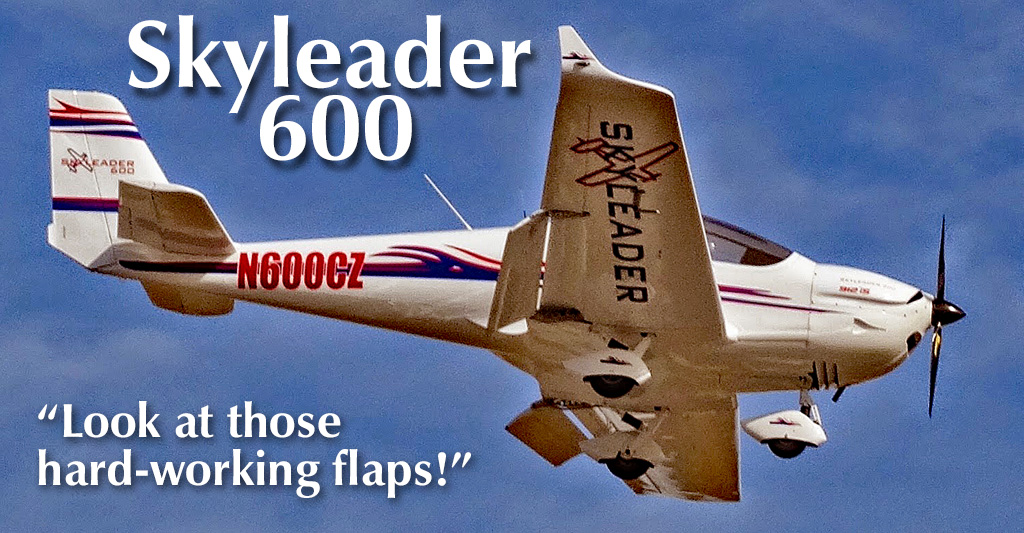
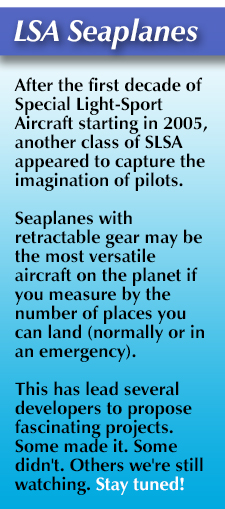
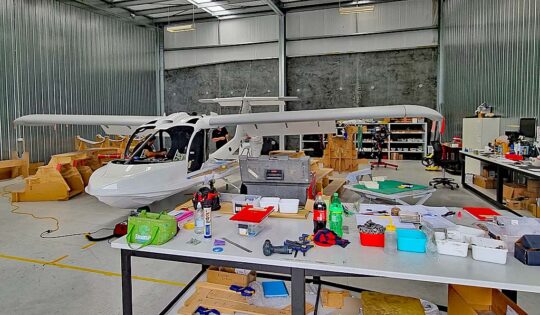
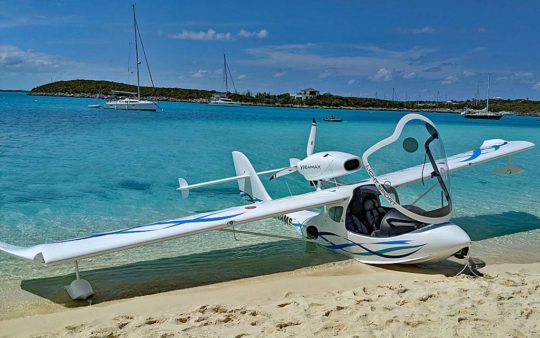
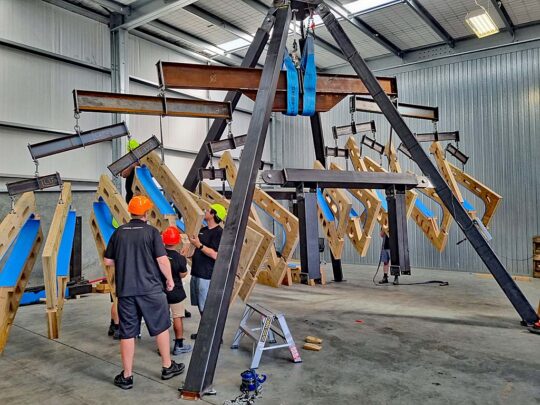
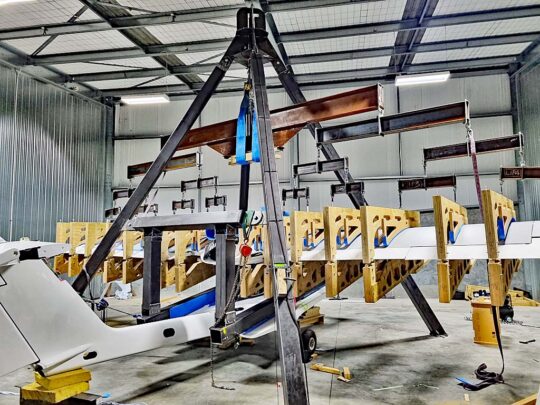 Great existing designs, a high-end model, other fascinating forays that upped the game, and a full market of choices — what does a new high-end entrant have to do? A lot! Breaking into this well-supplied sector of light aviation demands an impressive entry. Vickers appears well poised to bring something truly interesting and one built with the future in mind. It also got the
Great existing designs, a high-end model, other fascinating forays that upped the game, and a full market of choices — what does a new high-end entrant have to do? A lot! Breaking into this well-supplied sector of light aviation demands an impressive entry. Vickers appears well poised to bring something truly interesting and one built with the future in mind. It also got the 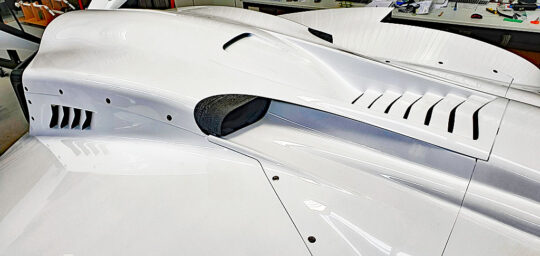
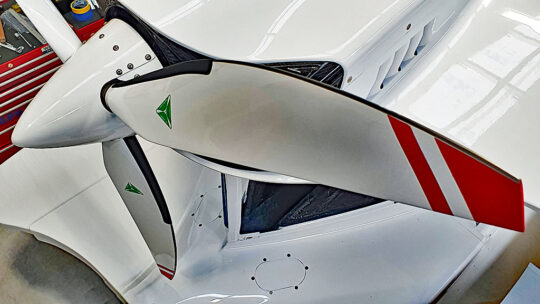

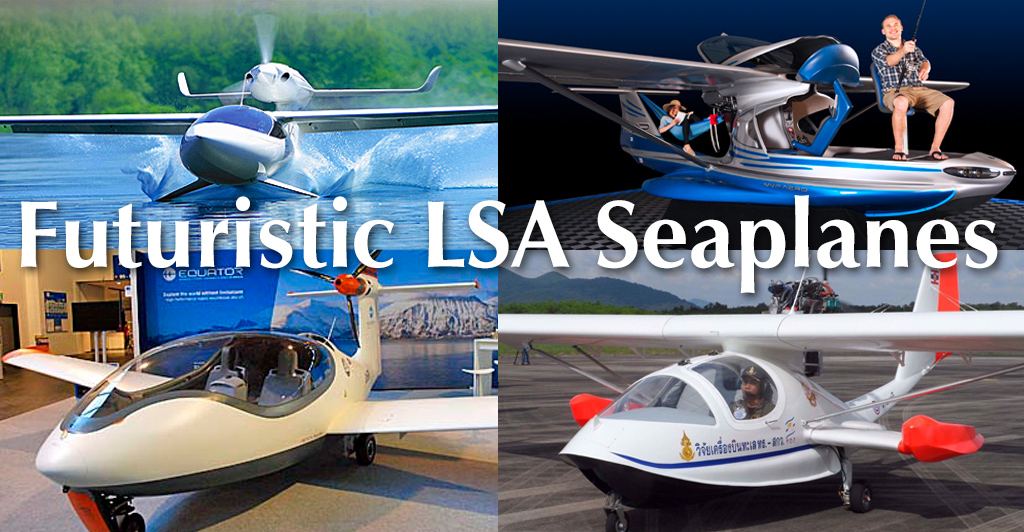
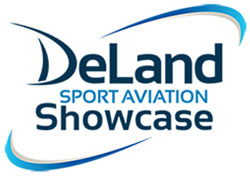 In retrospect, 2021 improved on surprisingly good results for 2020. Pilots are buying and flying — great! — while producers are maintaining or growing; both are good outcomes we can celebrate.
In retrospect, 2021 improved on surprisingly good results for 2020. Pilots are buying and flying — great! — while producers are maintaining or growing; both are good outcomes we can celebrate.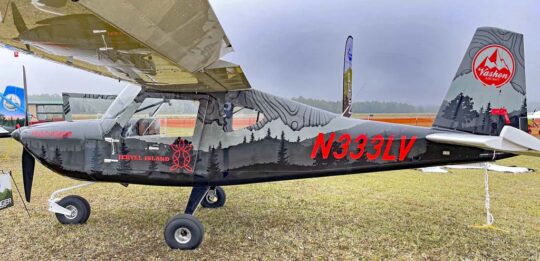
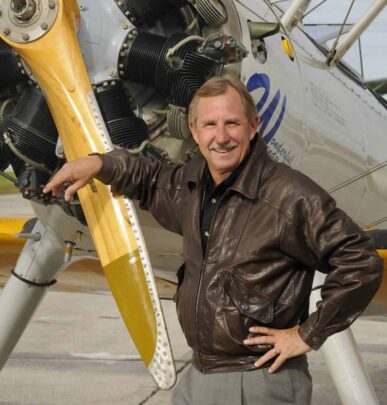
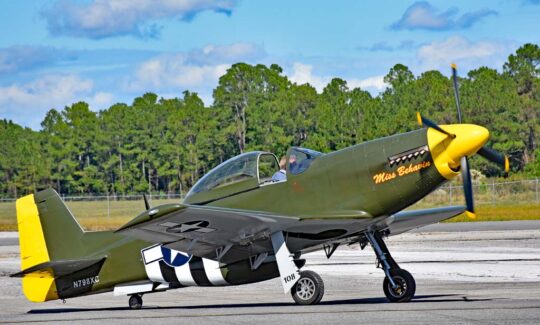
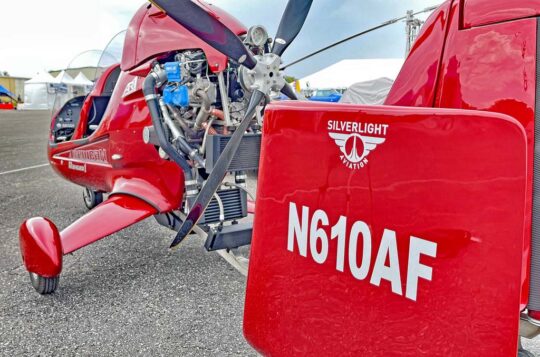
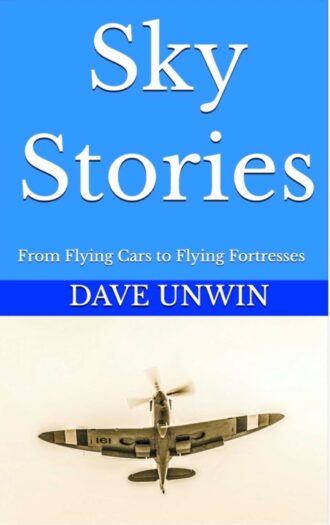 It may be too early for this kind of thing, and I don’t typically go very far into gift suggestions. I know most of you visit ByDanJohnson.com to read nuts-and-bolts information and airplane flight qualities, but many pilots have those dark, cloudy days of winter ahead when flying our recreational aircraft is less predictable.
It may be too early for this kind of thing, and I don’t typically go very far into gift suggestions. I know most of you visit ByDanJohnson.com to read nuts-and-bolts information and airplane flight qualities, but many pilots have those dark, cloudy days of winter ahead when flying our recreational aircraft is less predictable.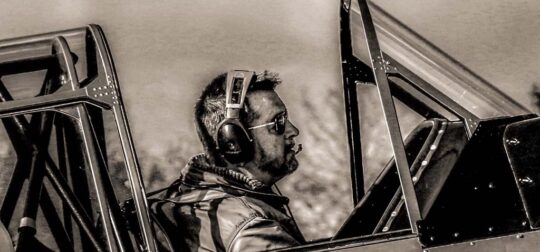
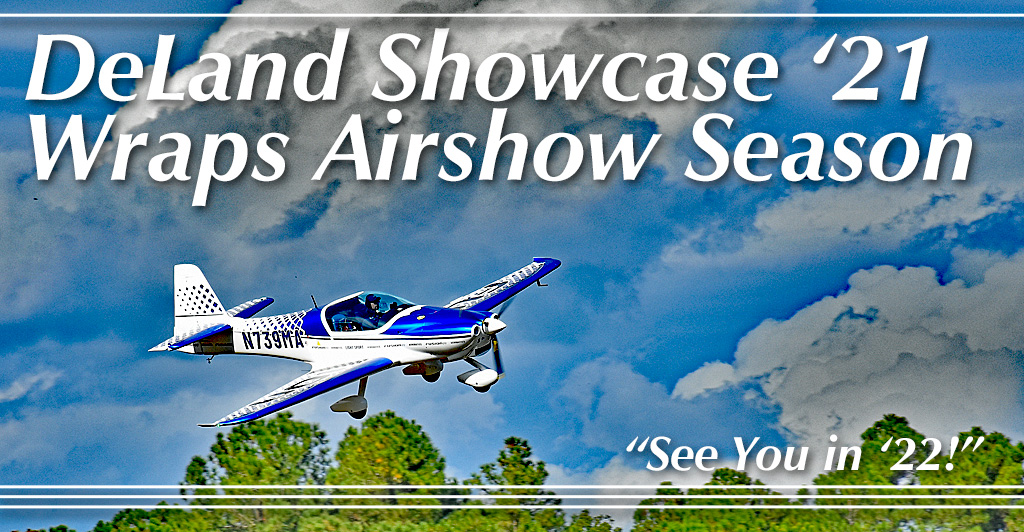
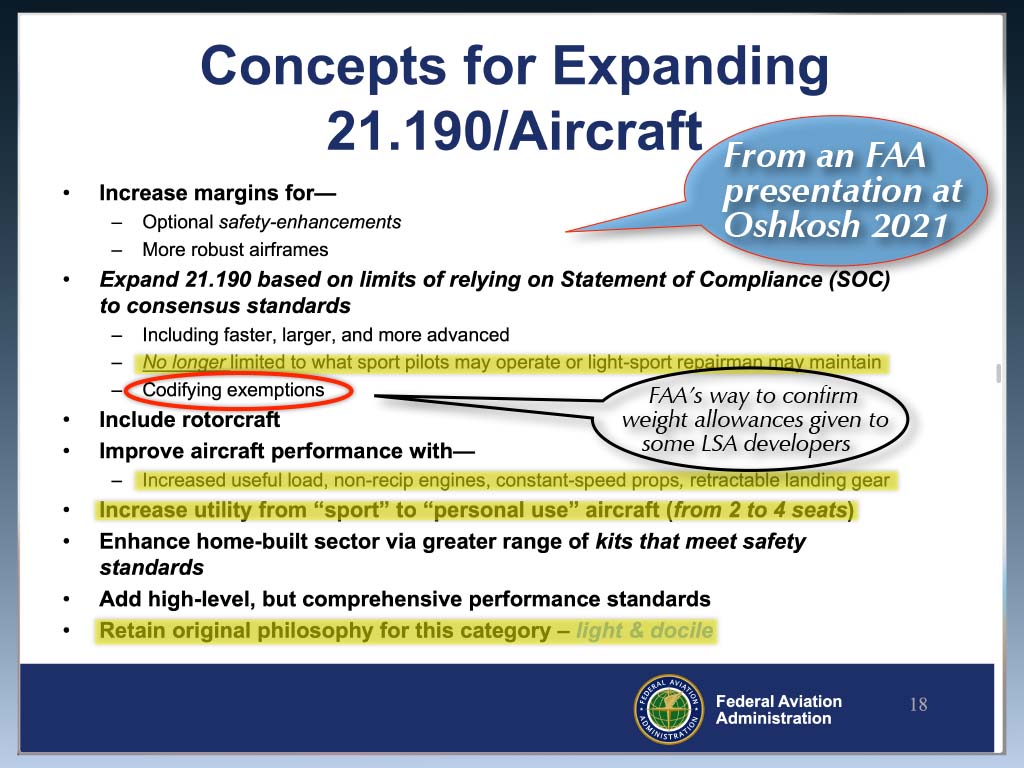
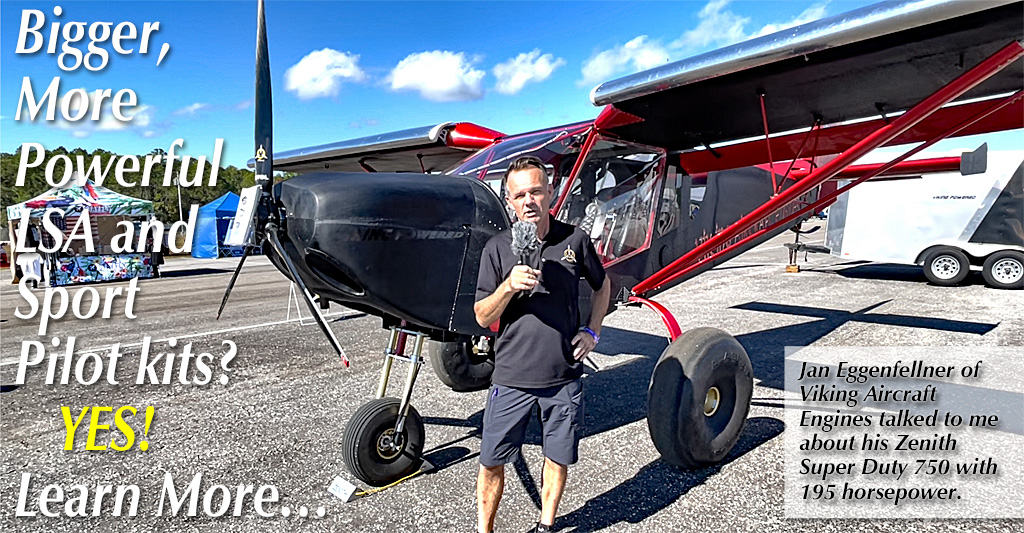
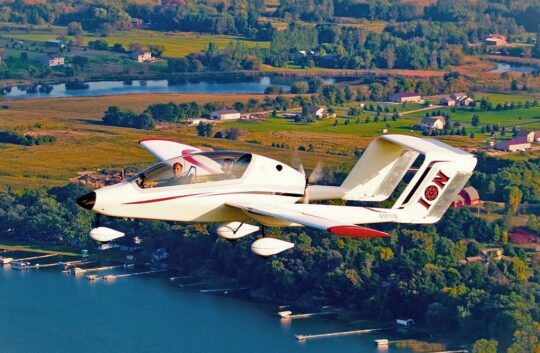 Such is the nature of developing a small aircraft. Most aircraft buyers have little idea about the million and one things that must come together to create a design.
Such is the nature of developing a small aircraft. Most aircraft buyers have little idea about the million and one things that must come together to create a design.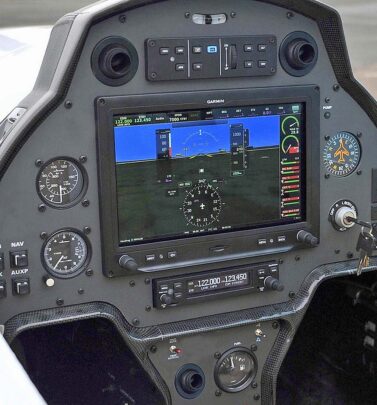 Nonetheless, I was pleased to receive a notice that Ion found a buyer for the project, a venture capital company at that. This will not be a mom-and-pop-funded project.
Nonetheless, I was pleased to receive a notice that Ion found a buyer for the project, a venture capital company at that. This will not be a mom-and-pop-funded project.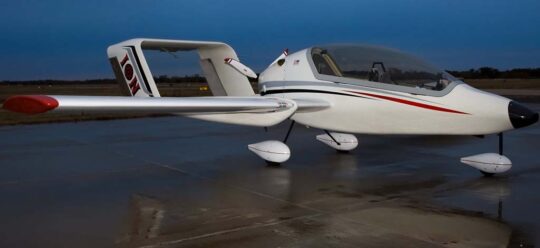 Located near the University of California San Diego, the capital company is involved with other projects including business jets and eVTOLs plus medical and financial products. Since the acquisition is recent, it is premature to describe where and how Gaea will produce the aircraft.
Located near the University of California San Diego, the capital company is involved with other projects including business jets and eVTOLs plus medical and financial products. Since the acquisition is recent, it is premature to describe where and how Gaea will produce the aircraft.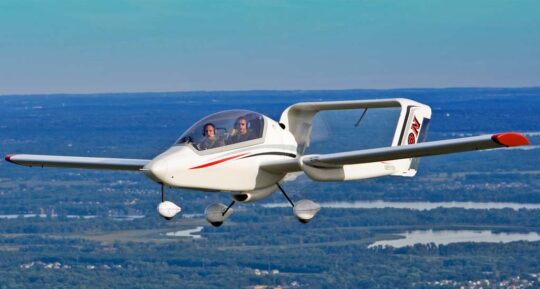 After the acquisition, Tim updated his earlier communications, “The
After the acquisition, Tim updated his earlier communications, “The 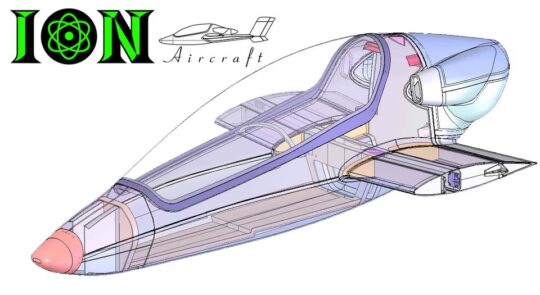
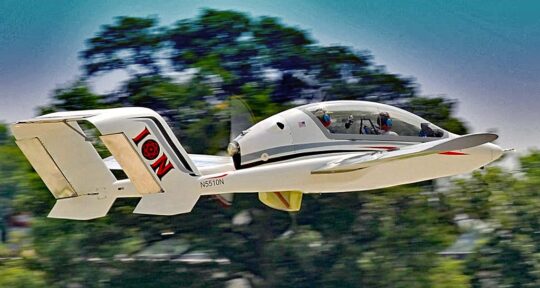
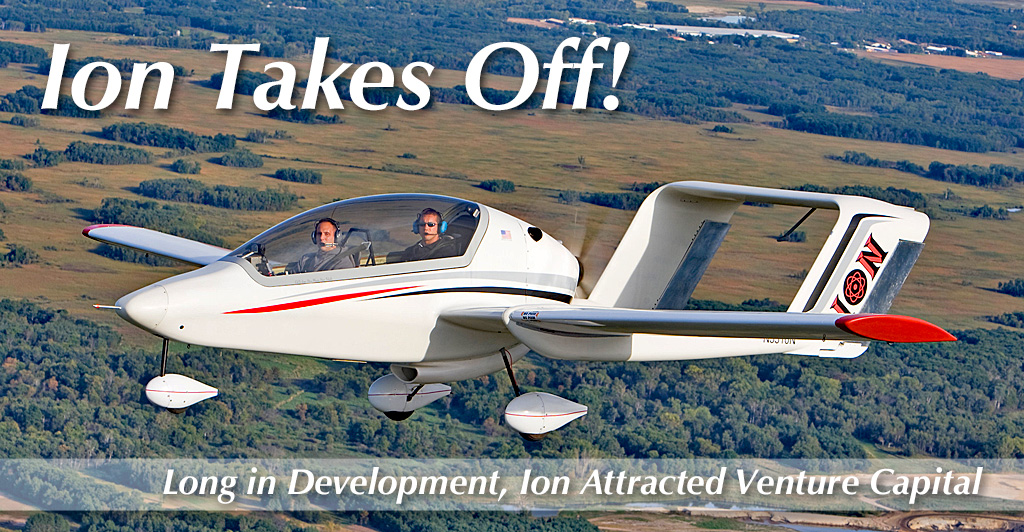
 Back in 1998 many pilots were doubtful about Cirrus.
Back in 1998 many pilots were doubtful about Cirrus.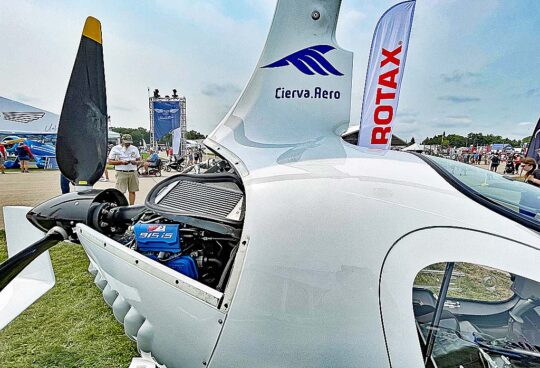 Rotax powers all kinds of recreational vehicles and recently announced, “
Rotax powers all kinds of recreational vehicles and recently announced, “
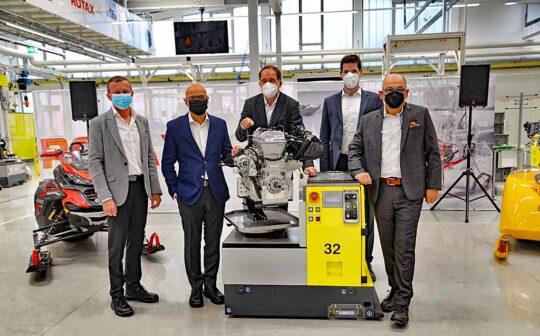 BRP President and CEO José Boisjoli invited guests of honor from the parent company plus Rotax employees to celebrate this success.
BRP President and CEO José Boisjoli invited guests of honor from the parent company plus Rotax employees to celebrate this success.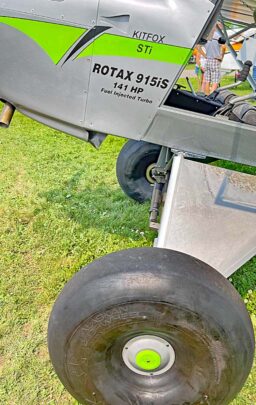
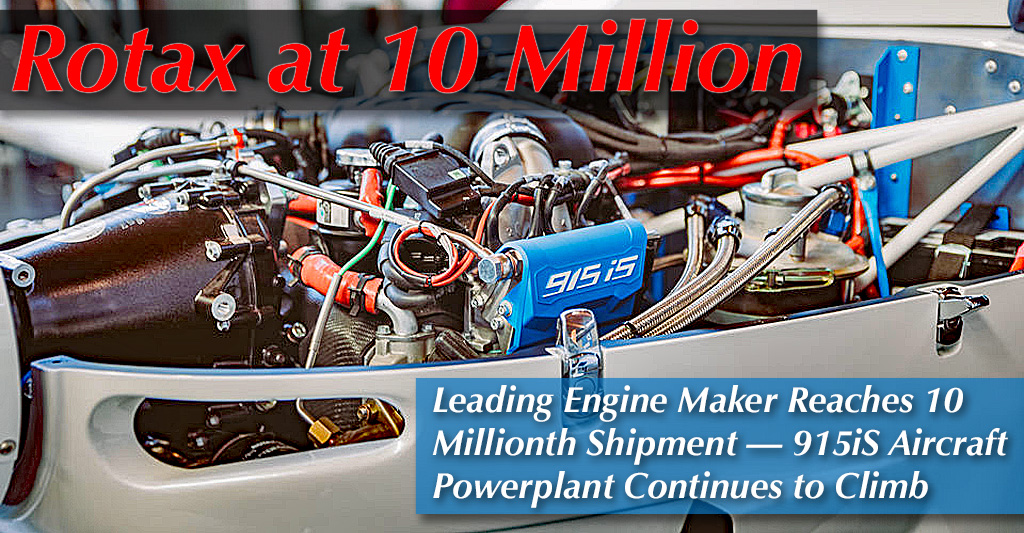
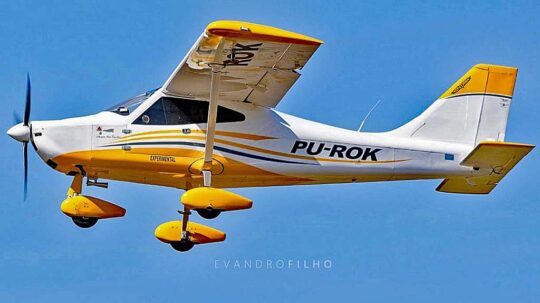 Yet designers have been hampered from making such changes, partly as they are burdened by a certification system that is simply too rigid to make the effort of approval worth it for small numbers of specially-equipped aircraft.
Yet designers have been hampered from making such changes, partly as they are burdened by a certification system that is simply too rigid to make the effort of approval worth it for small numbers of specially-equipped aircraft.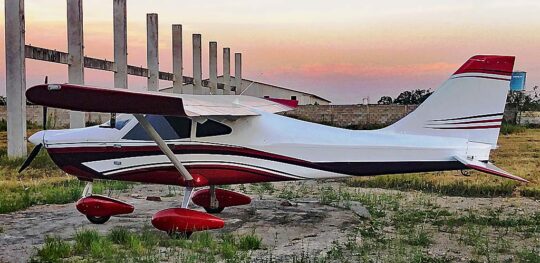 In the more intimate world of recreational aviation, the industry is composed of much smaller enterprises. A lighter regulatory hand (using ASTM standards instead of full FAA certification) allows easier airframe customization for specific purposes — such as hand control fittings and linkages — and this system allows changes on a dramatically faster schedule.
In the more intimate world of recreational aviation, the industry is composed of much smaller enterprises. A lighter regulatory hand (using ASTM standards instead of full FAA certification) allows easier airframe customization for specific purposes — such as hand control fittings and linkages — and this system allows changes on a dramatically faster schedule.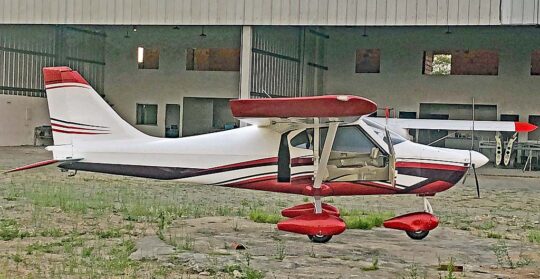 It may be tough to abide by many pages of rules yet some developers have made special efforts for pilots that lack the use of their legs.
It may be tough to abide by many pages of rules yet some developers have made special efforts for pilots that lack the use of their legs. Founded in 2013 in Bahia, Brazil by aeronautical designer Bruno de Oliveira, Montaer developed MC01 as a fresh Light-Sport Aircraft based on the
Founded in 2013 in Bahia, Brazil by aeronautical designer Bruno de Oliveira, Montaer developed MC01 as a fresh Light-Sport Aircraft based on the 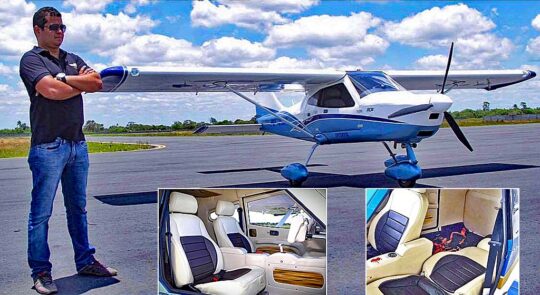 When Bruno created a hand control, he integrated it as smoothly as everything else on MC01 (check all the pictures to see for yourself). The handle accommodates throttle movements (fore-and-aft) and rudder/nosewheel movements by twisting.
When Bruno created a hand control, he integrated it as smoothly as everything else on MC01 (check all the pictures to see for yourself). The handle accommodates throttle movements (fore-and-aft) and rudder/nosewheel movements by twisting.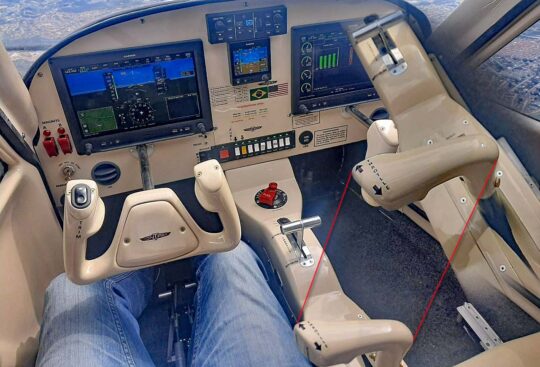 Recently Bruno wrote, “I am so happy to announce this delivery. We got the handicapped-adapted airplane registered to its new owner, Gary Hansen of Wisconsin.” He added that prior U.S. representative Ed Ricks helped assemble Gary’s MC01.
Recently Bruno wrote, “I am so happy to announce this delivery. We got the handicapped-adapted airplane registered to its new owner, Gary Hansen of Wisconsin.” He added that prior U.S. representative Ed Ricks helped assemble Gary’s MC01. Alex added his congratulations, “USA has another Montaer MC01 aircraft flying today, a bold project adapted for a physically handicapped person. A few months after submitting the project to FAA, we achieved acceptance so the aircraft can be released to its customer. We are sure Gary will be very happy with his machine.”
Alex added his congratulations, “USA has another Montaer MC01 aircraft flying today, a bold project adapted for a physically handicapped person. A few months after submitting the project to FAA, we achieved acceptance so the aircraft can be released to its customer. We are sure Gary will be very happy with his machine.”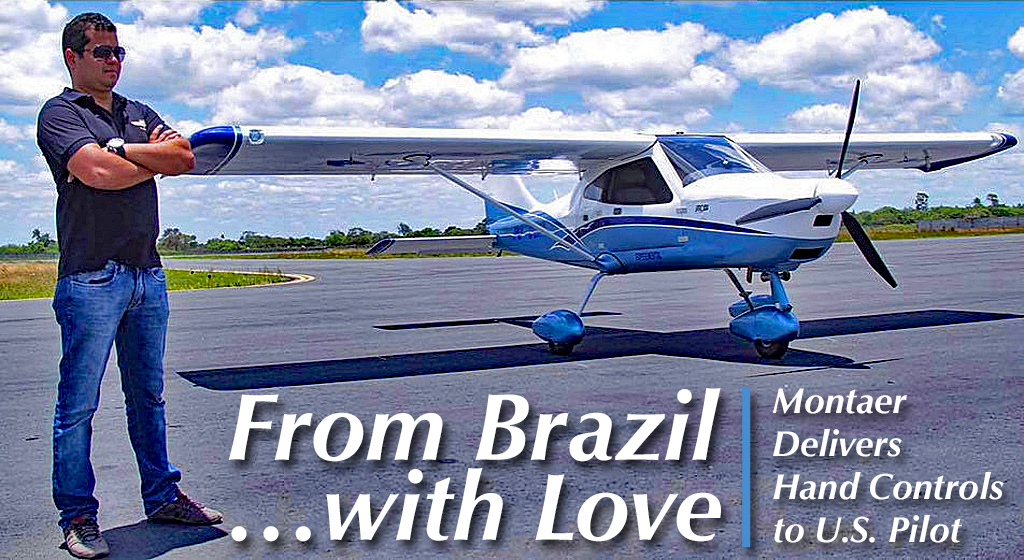
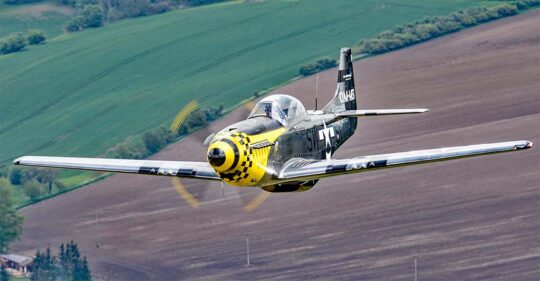 You may love your LSA or Sport Pilot kit or an ultralight aircraft, but nearly all pilots occasionally dream of owning — or at least flying — a P-51 Mustang.
You may love your LSA or Sport Pilot kit or an ultralight aircraft, but nearly all pilots occasionally dream of owning — or at least flying — a P-51 Mustang. As you see from the timeline above, it has taken a while for the twists and turns of development to unravel themselves. Now ScaleWings appears to be firing on all cylinders. Recently, ScaleWings announced they starting shipping Quick Build kits (see nearby image).
As you see from the timeline above, it has taken a while for the twists and turns of development to unravel themselves. Now ScaleWings appears to be firing on all cylinders. Recently, ScaleWings announced they starting shipping Quick Build kits (see nearby image).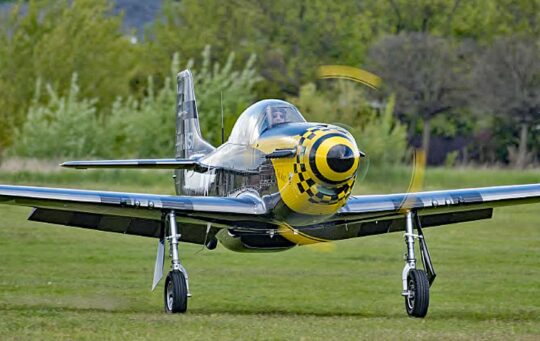 SW-51 began life as the FK-51. Alert readers will recognize that “FK” refers to FK Lightplanes, a German design company lead by Peter Funk. For years, Peter manufactured popular designs such as FK-9 that sold hundreds of units. Peter developed other designs including the biplane aerobatic Comet, the sleek Polaris LeMans, and several wonderful vintage recreations. His interest was in the creation and development of designs, though; Peter was less enamored of the manufacturing side of the business, so he turned to others.
SW-51 began life as the FK-51. Alert readers will recognize that “FK” refers to FK Lightplanes, a German design company lead by Peter Funk. For years, Peter manufactured popular designs such as FK-9 that sold hundreds of units. Peter developed other designs including the biplane aerobatic Comet, the sleek Polaris LeMans, and several wonderful vintage recreations. His interest was in the creation and development of designs, though; Peter was less enamored of the manufacturing side of the business, so he turned to others.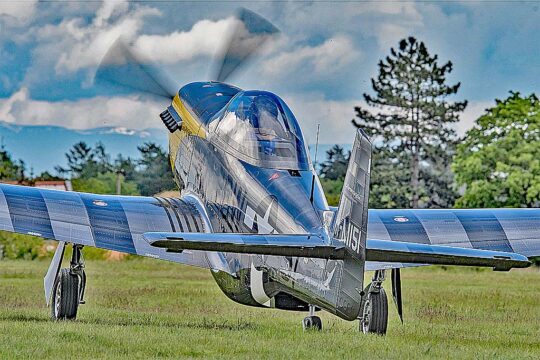 FK, working with ScaleWings as a consultant, hoped to build one a week starting as early as 2015. It never happened. Whatever the challenges Rolland faced, they proved insurmountable. Production of all FK airplanes slowed to a crawl. FK-51 went dark.
FK, working with ScaleWings as a consultant, hoped to build one a week starting as early as 2015. It never happened. Whatever the challenges Rolland faced, they proved insurmountable. Production of all FK airplanes slowed to a crawl. FK-51 went dark.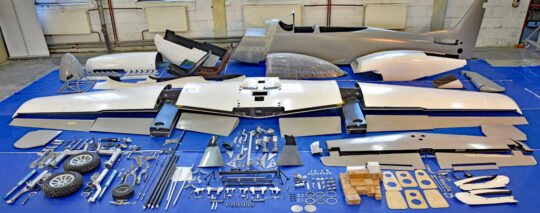 Christian and Sebastian recently sent news about ScaleWings Aircraft launching shipments of a “Quick-Build Kit” of the SW-51 Mustang.
Christian and Sebastian recently sent news about ScaleWings Aircraft launching shipments of a “Quick-Build Kit” of the SW-51 Mustang.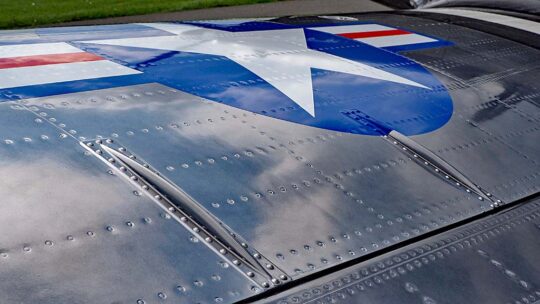
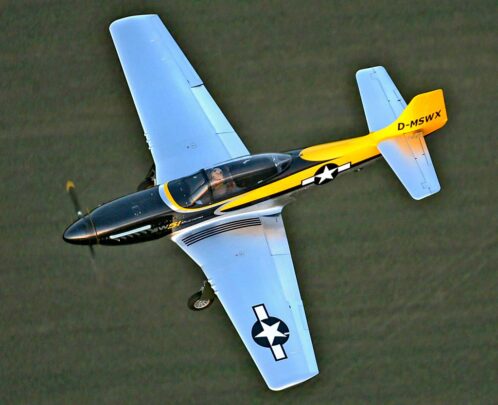 So… can you afford this beauty? Nautrally, that depends on your individual budget. Kit prices reflect the work involved in fabricating parts.
So… can you afford this beauty? Nautrally, that depends on your individual budget. Kit prices reflect the work involved in fabricating parts.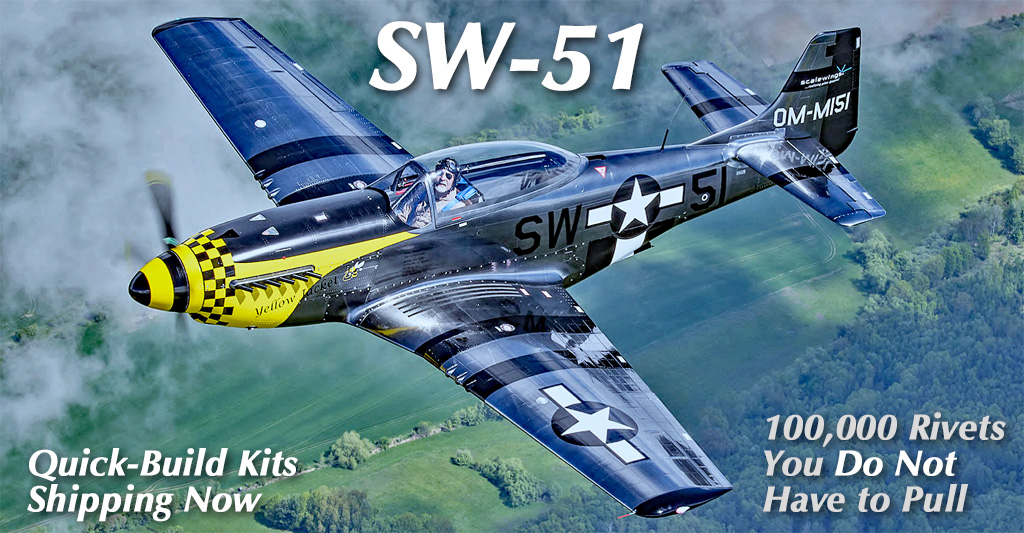
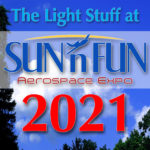
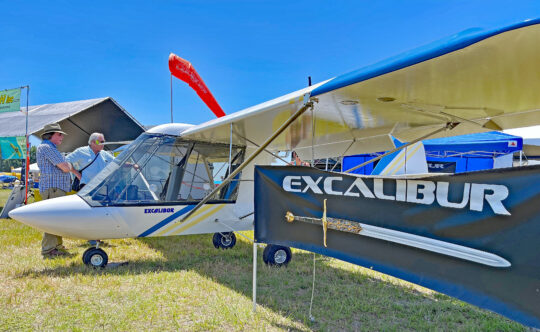

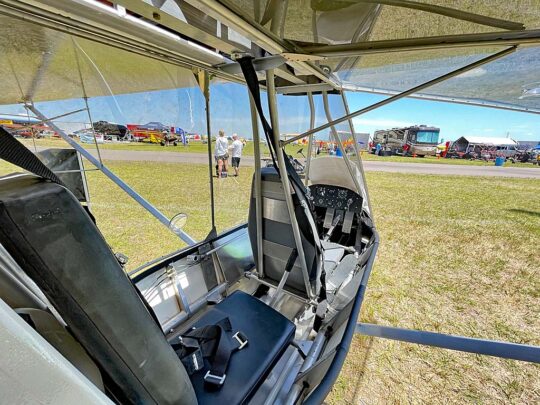 Kit manufacturers do not apply for the aircraft registration so they often have to determine their flying fleet by other means. Readers can investigate further with our complete list of registered light aircraft using
Kit manufacturers do not apply for the aircraft registration so they often have to determine their flying fleet by other means. Readers can investigate further with our complete list of registered light aircraft using 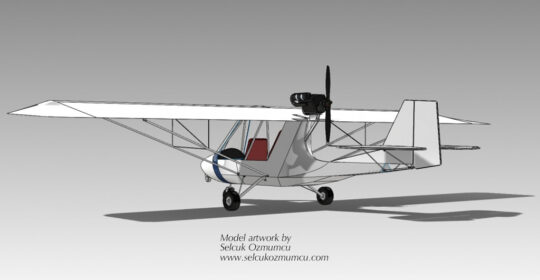 Excalibur is listed on FAA’s 51% approved list, Tom assured, meaning that the low build time has been through the FAA Kit Evaluation Team’s multi-page checklist to assure the owner does truly build 51% of the kit as per current regulation. For those less certain of their skills, builder-assist centers are allowed now and this idea is set to develop further as FAA’s issues its in-the-works
Excalibur is listed on FAA’s 51% approved list, Tom assured, meaning that the low build time has been through the FAA Kit Evaluation Team’s multi-page checklist to assure the owner does truly build 51% of the kit as per current regulation. For those less certain of their skills, builder-assist centers are allowed now and this idea is set to develop further as FAA’s issues its in-the-works  Excalibur can also carry a good load. Tom said it has a 600 useful load capacity. With the standard 10 gallons of fuel, that leaves a whopping 540 pounds for occupants and gear. Fuel capacity can be optional increased to 28 gallons.
Excalibur can also carry a good load. Tom said it has a 600 useful load capacity. With the standard 10 gallons of fuel, that leaves a whopping 540 pounds for occupants and gear. Fuel capacity can be optional increased to 28 gallons.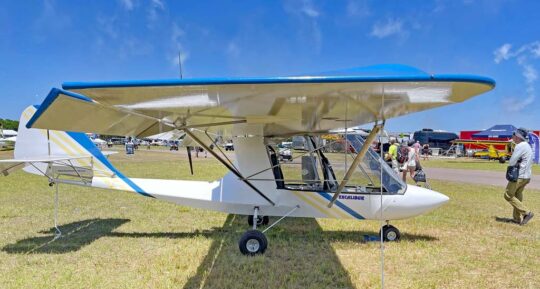 As Tom suggests about Excalibur, all those Avid Flyer variations claimed to have differences… “improvements” their developers prefer to call them.
As Tom suggests about Excalibur, all those Avid Flyer variations claimed to have differences… “improvements” their developers prefer to call them.